Soft Mattresses and SIDS: What Parents Need to Know
As a new parent, one of the top concerns for your baby's health and safety is ensuring they have a safe and comfortable sleeping environment. And when it comes to selecting the right mattress for your little one, there are a lot of options on the market. But one question that often comes up is whether or not babies can sleep on soft mattresses. Let's take a closer look at the connection between soft mattresses and SIDS and what parents need to know.
Safe Sleep for Babies: The Importance of a Firm Mattress
According to the American Academy of Pediatrics (AAP), the safest sleep surface for babies is a firm mattress. This means a mattress that does not conform to the shape of your hand when you press down on it. A firm mattress helps to reduce the risk of Sudden Infant Death Syndrome (SIDS) and suffocation by allowing your baby to breathe easily and preventing them from sinking into the mattress.
Can Babies Sleep on Memory Foam Mattresses?
Memory foam mattresses have become increasingly popular in recent years for their comfort and support. However, when it comes to your baby's sleep, it's important to consider the potential risks of using a memory foam mattress. These mattresses can be too soft for infants, increasing the risk of suffocation or SIDS. It's best to stick with a firm mattress for your baby's safety.
Choosing the Right Mattress for Your Baby
When shopping for a mattress for your baby, it's important to choose one that is specifically designed for infants. Look for mattresses that are labeled as "firm" and avoid any that are labeled as "soft" or "ultra-soft." It's also a good idea to do some research and read reviews before making a purchase. And remember, even though it may be tempting to use a hand-me-down or secondhand mattress, it's always safest to buy a new one for your baby.
Soft Mattresses and Infant Suffocation Risk
One of the main concerns with soft mattresses is the risk of suffocation for infants. Babies do not have the strength or motor skills to move themselves if they become trapped in a soft mattress. This can lead to suffocation or SIDS, which is why it's so important to choose a firm mattress for your baby's sleep surface.
How to Create a Safe Sleep Environment for Your Baby
In addition to choosing a firm mattress, there are other steps you can take to create a safe sleep environment for your baby. These include placing your baby on their back to sleep, using a flat and firm crib or bassinet without any extra padding or accessories, and keeping soft objects such as pillows, blankets, and stuffed animals out of the sleep area. It's also recommended to keep your baby's sleep area in the same room as you for at least the first six months.
What to Look for in a Crib Mattress for Your Baby
When selecting a crib mattress for your baby, there are a few key features to look for. As mentioned, it should be labeled as "firm" and fit snugly in the crib without any gaps. It should also be waterproof to prevent any accidents or spills from seeping into the mattress. And if you're concerned about chemicals, look for mattresses that are made with organic or natural materials.
Is it Safe for Babies to Sleep on a Pillow?
While it may seem cozy and comfortable, it is not safe for babies to sleep on a pillow. Pillows can increase the risk of suffocation, especially for younger infants who do not have the head control to move away from the pillow. It's best to wait until your baby is at least a year old before introducing a pillow into their sleep routine.
Understanding the Link Between Soft Mattresses and SIDS
SIDS, or Sudden Infant Death Syndrome, is the unexplained death of an otherwise healthy baby under the age of one. While the exact cause is still unknown, researchers have found a strong connection between soft mattresses and an increased risk of SIDS. This is why it's so important to choose a firm mattress and create a safe sleep environment for your baby.
Safe Sleep Tips for Newborns and Infants
In addition to selecting a firm mattress, there are other safe sleep tips to keep in mind for your newborn or infant. Always place your baby on their back to sleep, avoid overheating by keeping the room at a comfortable temperature, and make sure there are no hazards in the sleep area. It's also recommended to avoid co-sleeping with your baby, as this can increase the risk of suffocation or SIDS.
The Importance of Choosing the Right Mattress for Your Baby's Sleep
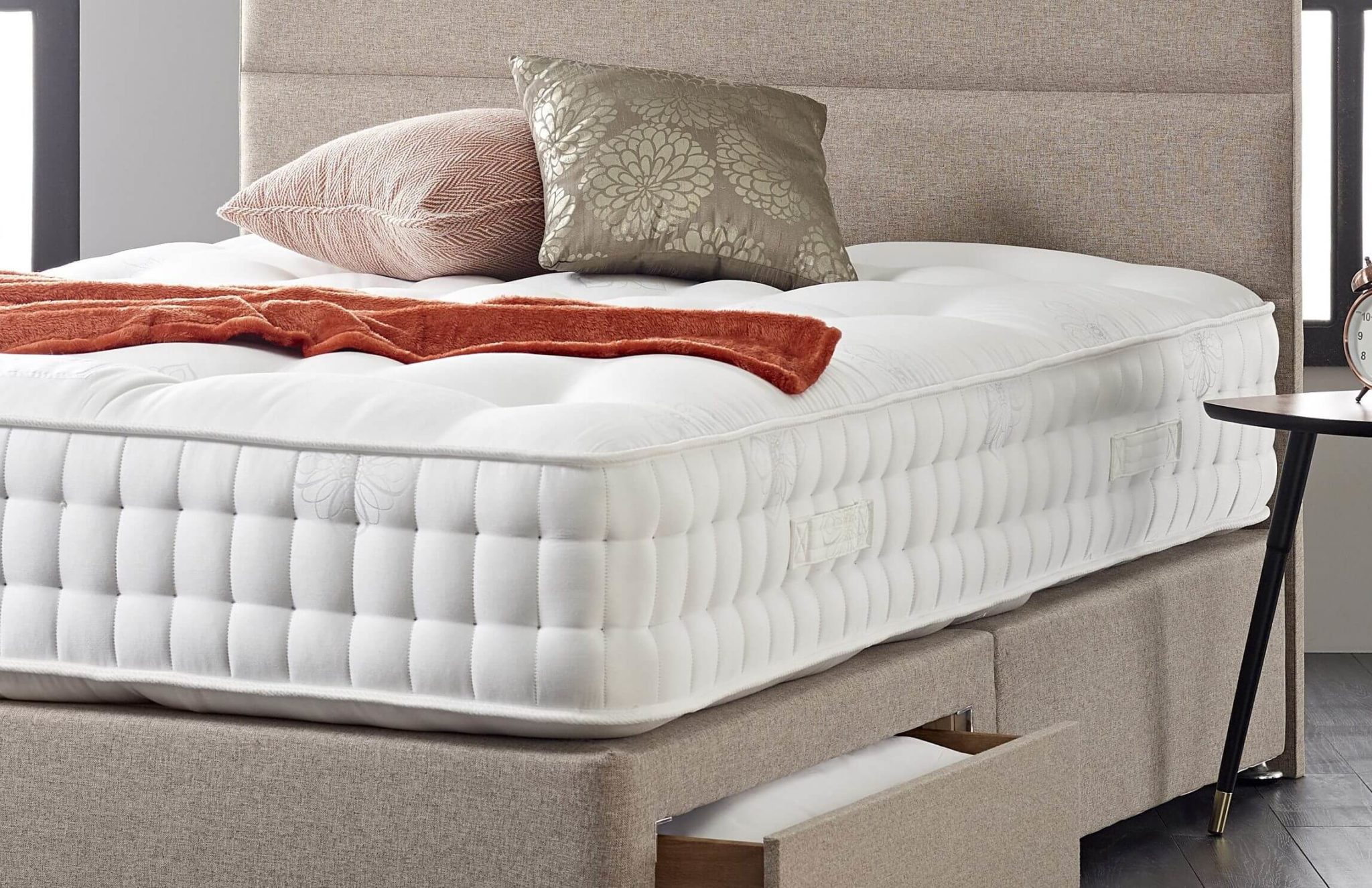
Why Soft Mattresses May Not Be the Best Option
:max_bytes(150000):strip_icc()/LisaWiltseContributor-f25dff1feda647b09e52cd1798b12a4b.jpg) When it comes to preparing for a new baby, there are countless decisions to be made. From choosing the perfect name to picking out the cutest nursery decor, it can be easy to get caught up in the excitement and forget about some of the more practical considerations - like where your baby will sleep. One often overlooked factor in creating a safe and comfortable sleeping environment for your little one is the type of mattress they will be sleeping on. While it may be tempting to choose a soft and plush mattress for your baby,
experts actually recommend opting for a firmer option
instead.
One of the main reasons for avoiding soft mattresses for babies is the risk of suffocation.
Soft mattresses can conform to a baby's face, making it difficult for them to breathe
and increasing the risk of Sudden Infant Death Syndrome (SIDS). This is especially concerning for newborns who are not yet able to move their heads or roll over on their own. A firm mattress, on the other hand, provides a flatter and more supportive surface for your baby to sleep on, reducing the risk of suffocation.
In addition,
soft mattresses can also contribute to poor spine alignment
in babies, which can lead to discomfort and potential long-term issues. A firm mattress will provide the necessary support for your baby's developing spine, helping them to maintain a healthy and natural posture while they sleep.
Furthermore,
soft mattresses may not be as durable as firmer options
, especially if they are made from memory foam or other materials that can lose their shape over time. This means that your baby may not get the necessary support they need as they grow and develop, which can affect their quality of sleep and overall health.
When choosing a mattress for your baby, it's important to look for one that is specifically designed for infants. These mattresses are typically made with firmer materials and have passed safety standards to ensure they are suitable for your baby's delicate body.
It's also important to regularly check your baby's mattress for any signs of wear and tear, and replace it if necessary
.
In conclusion, while soft and plush mattresses may seem like the more comfortable option for your baby,
a firm and supportive mattress is actually the best choice for their overall health and safety
. Take the time to research and invest in a high-quality mattress for your little one, and you can rest easy knowing that they are getting the best possible sleep.
When it comes to preparing for a new baby, there are countless decisions to be made. From choosing the perfect name to picking out the cutest nursery decor, it can be easy to get caught up in the excitement and forget about some of the more practical considerations - like where your baby will sleep. One often overlooked factor in creating a safe and comfortable sleeping environment for your little one is the type of mattress they will be sleeping on. While it may be tempting to choose a soft and plush mattress for your baby,
experts actually recommend opting for a firmer option
instead.
One of the main reasons for avoiding soft mattresses for babies is the risk of suffocation.
Soft mattresses can conform to a baby's face, making it difficult for them to breathe
and increasing the risk of Sudden Infant Death Syndrome (SIDS). This is especially concerning for newborns who are not yet able to move their heads or roll over on their own. A firm mattress, on the other hand, provides a flatter and more supportive surface for your baby to sleep on, reducing the risk of suffocation.
In addition,
soft mattresses can also contribute to poor spine alignment
in babies, which can lead to discomfort and potential long-term issues. A firm mattress will provide the necessary support for your baby's developing spine, helping them to maintain a healthy and natural posture while they sleep.
Furthermore,
soft mattresses may not be as durable as firmer options
, especially if they are made from memory foam or other materials that can lose their shape over time. This means that your baby may not get the necessary support they need as they grow and develop, which can affect their quality of sleep and overall health.
When choosing a mattress for your baby, it's important to look for one that is specifically designed for infants. These mattresses are typically made with firmer materials and have passed safety standards to ensure they are suitable for your baby's delicate body.
It's also important to regularly check your baby's mattress for any signs of wear and tear, and replace it if necessary
.
In conclusion, while soft and plush mattresses may seem like the more comfortable option for your baby,
a firm and supportive mattress is actually the best choice for their overall health and safety
. Take the time to research and invest in a high-quality mattress for your little one, and you can rest easy knowing that they are getting the best possible sleep.
+page+1.jpg?MOD=AJPERES&CACHEID=ROOTWORKSPACE.Z18_6IH81240MO2M00A9420PHQ3004-3b0314d8-413d-4776-bd9a-95d147809593-oa8euoC)



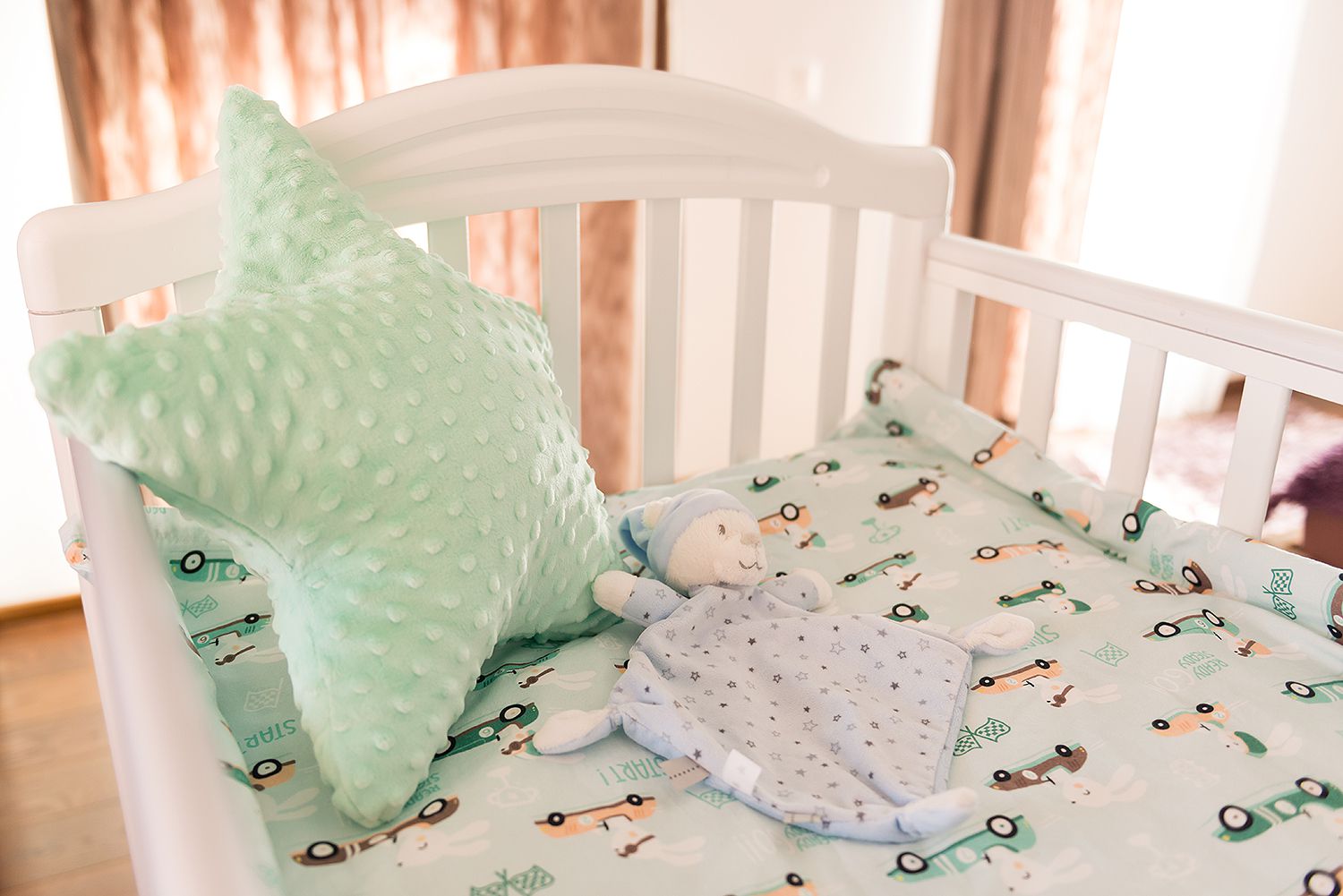
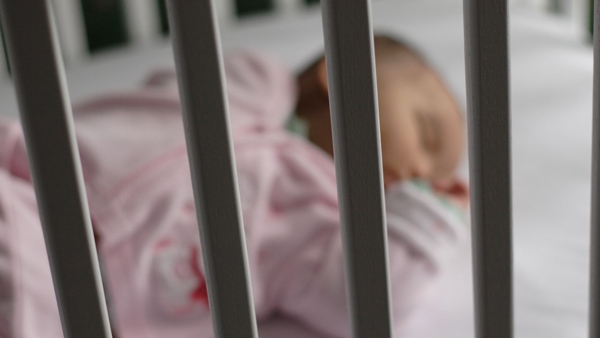
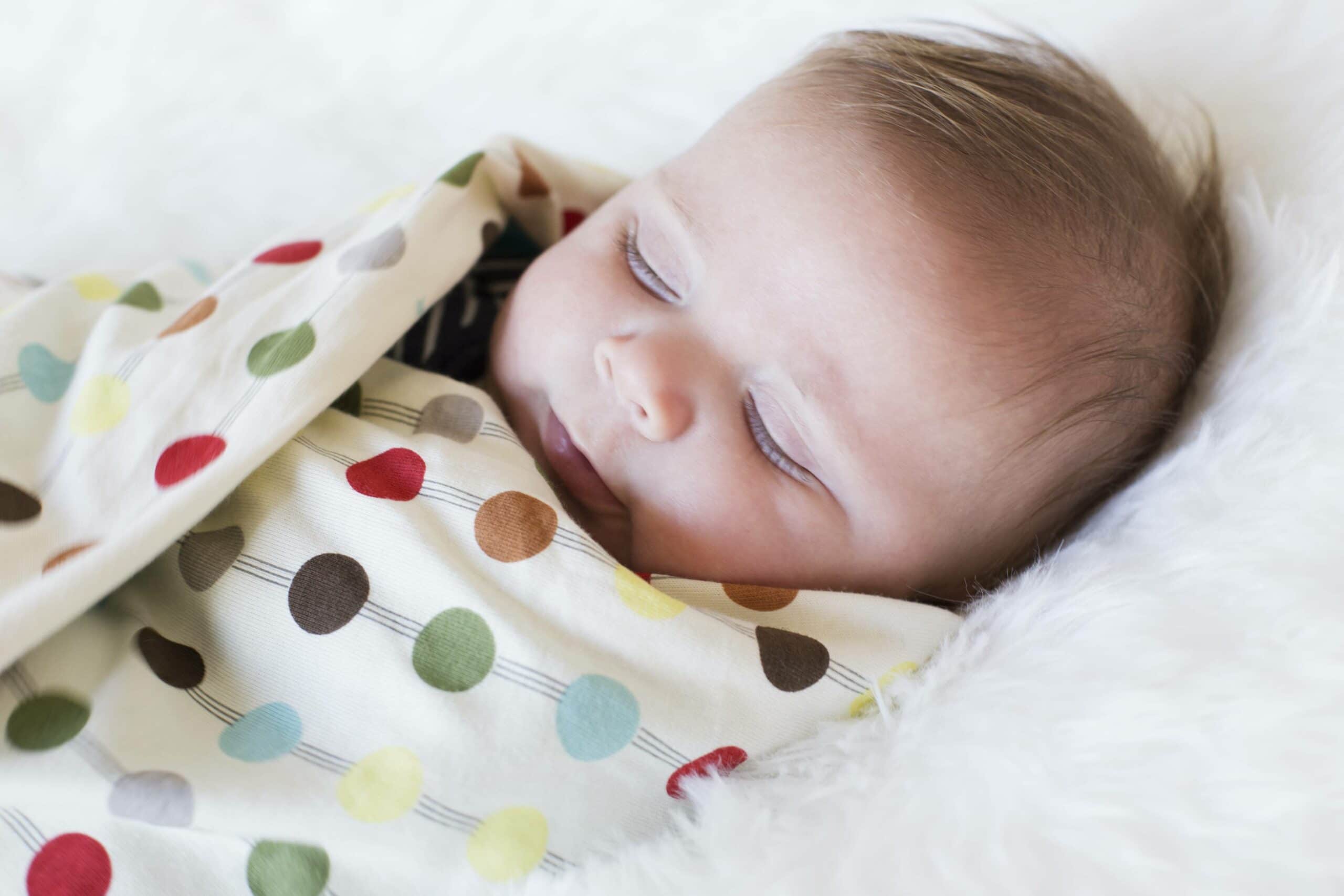
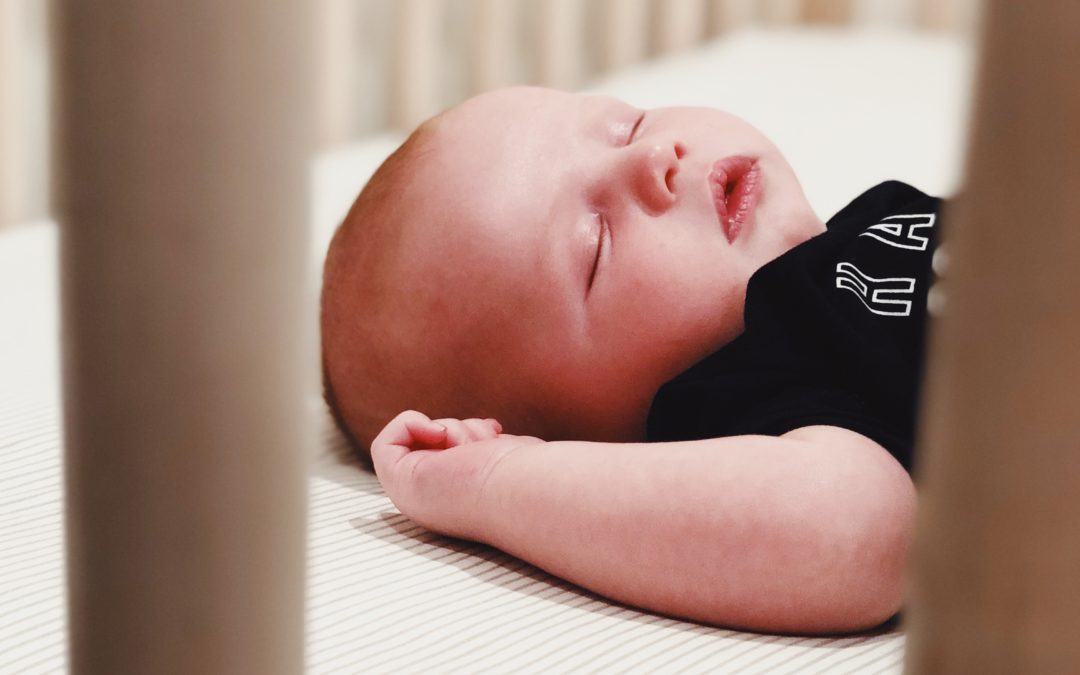
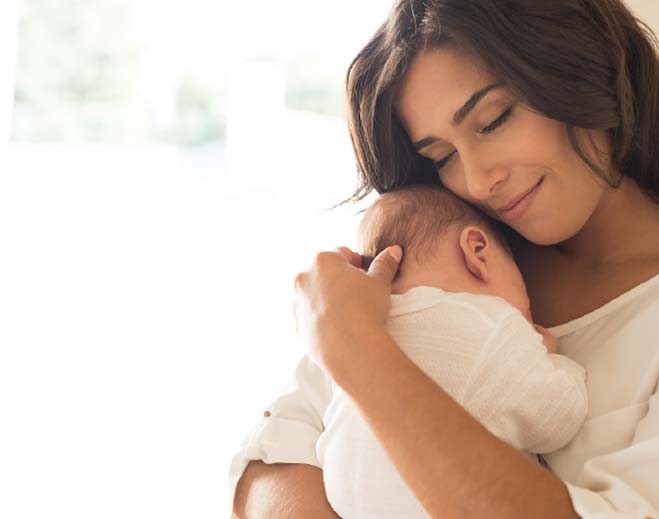

:max_bytes(150000):strip_icc()/GettyImages-1134114650-2000-5e2da90161724e33ab9d3d3f5d08e739.jpg)


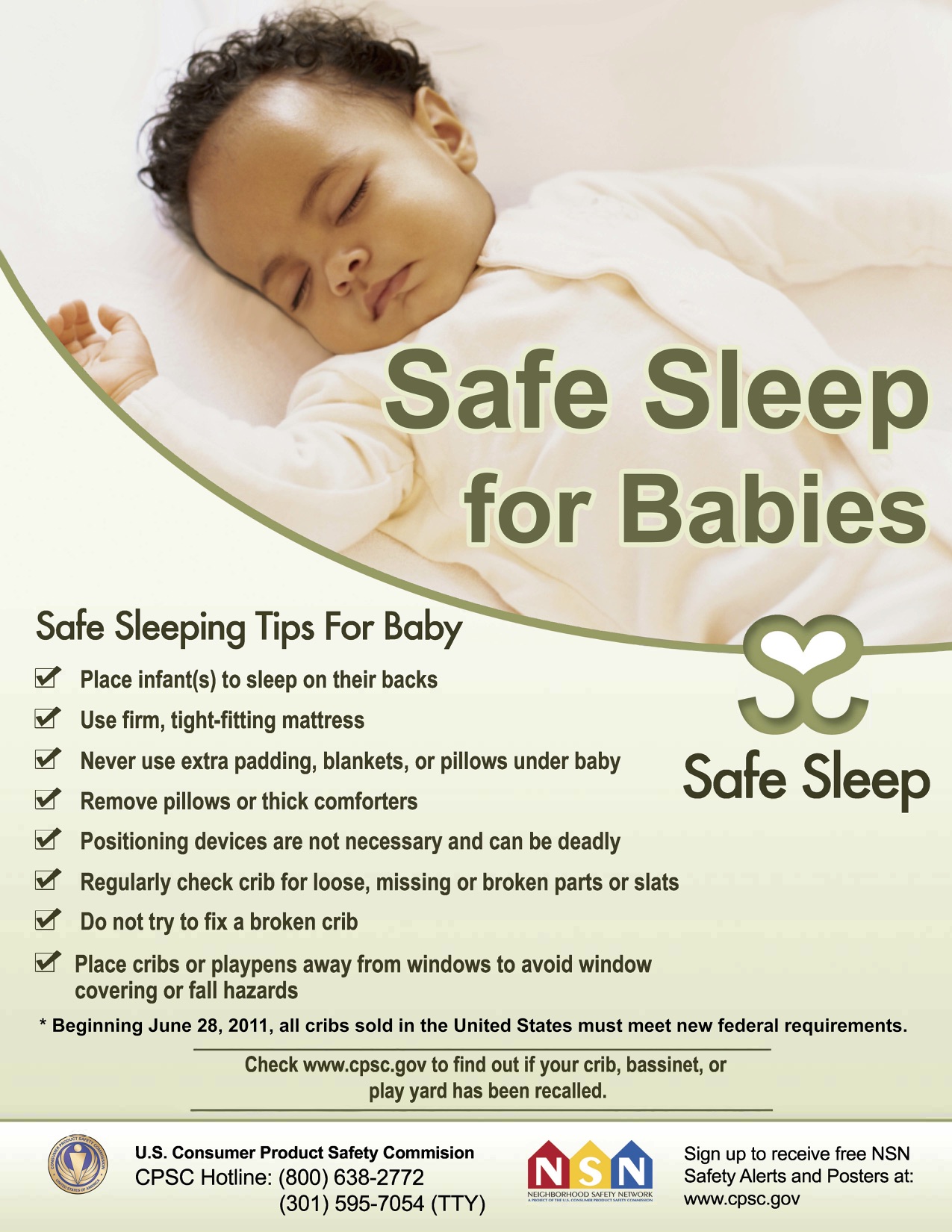
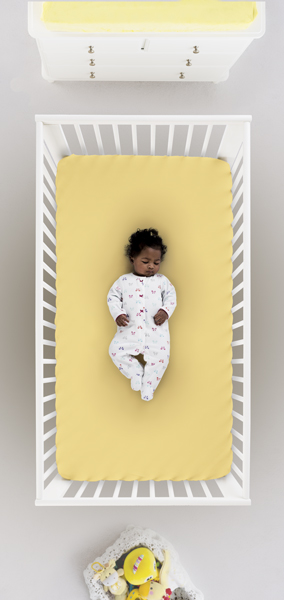

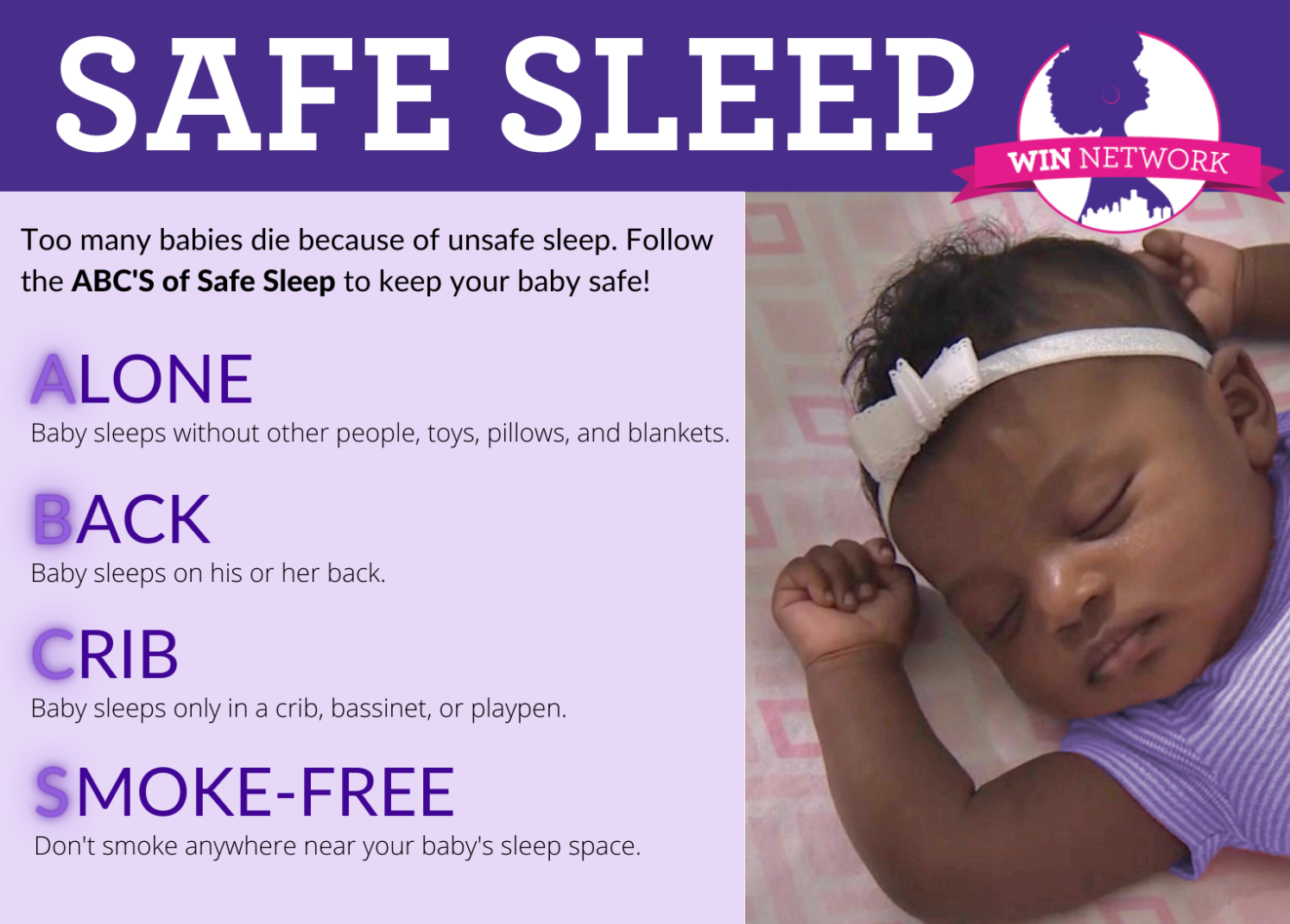
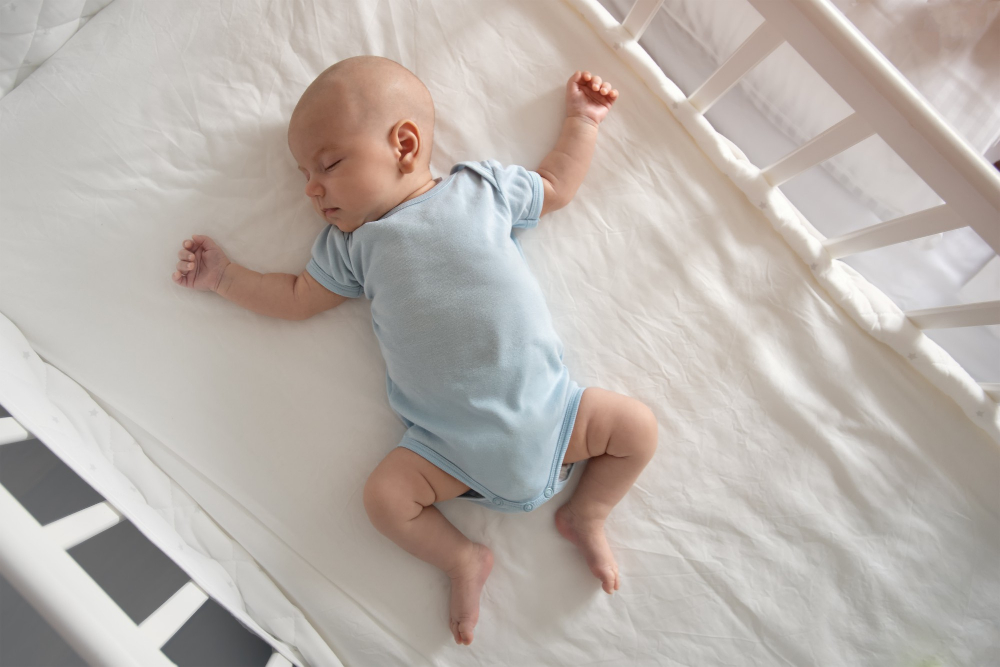
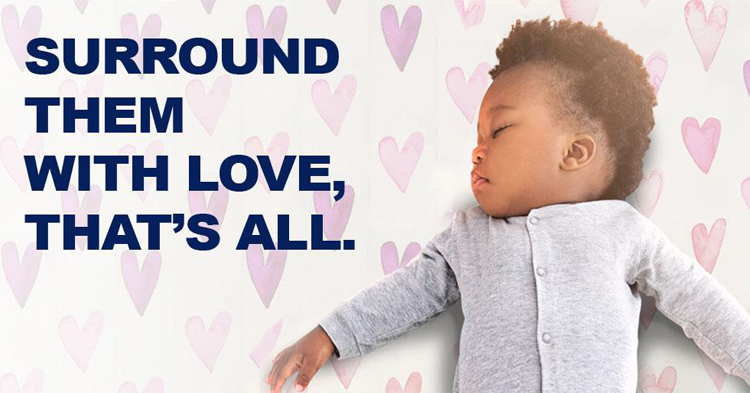
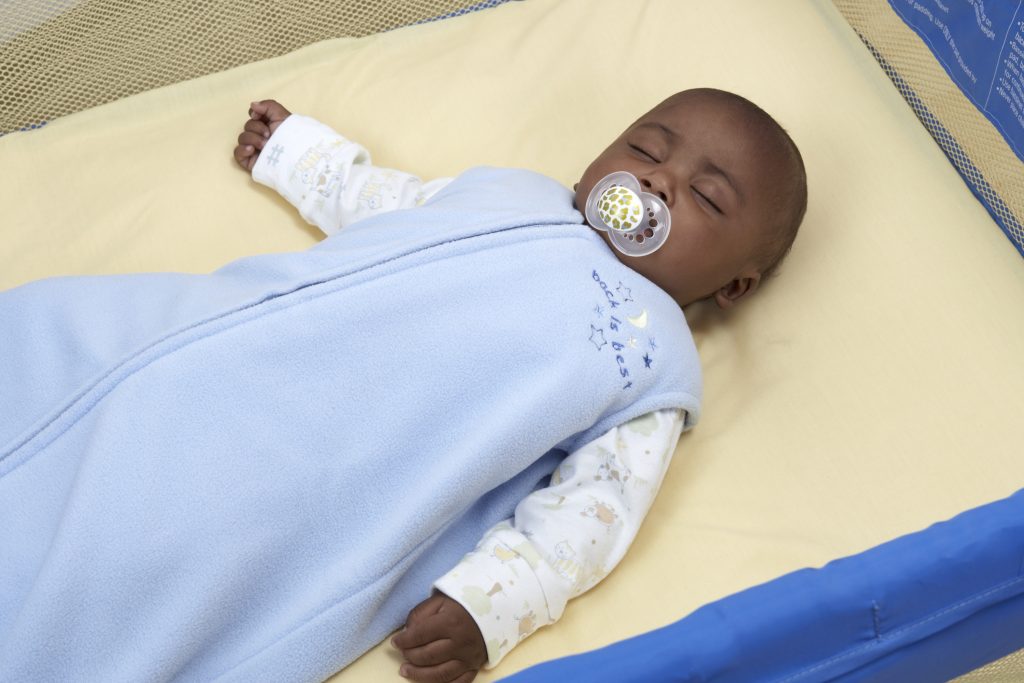
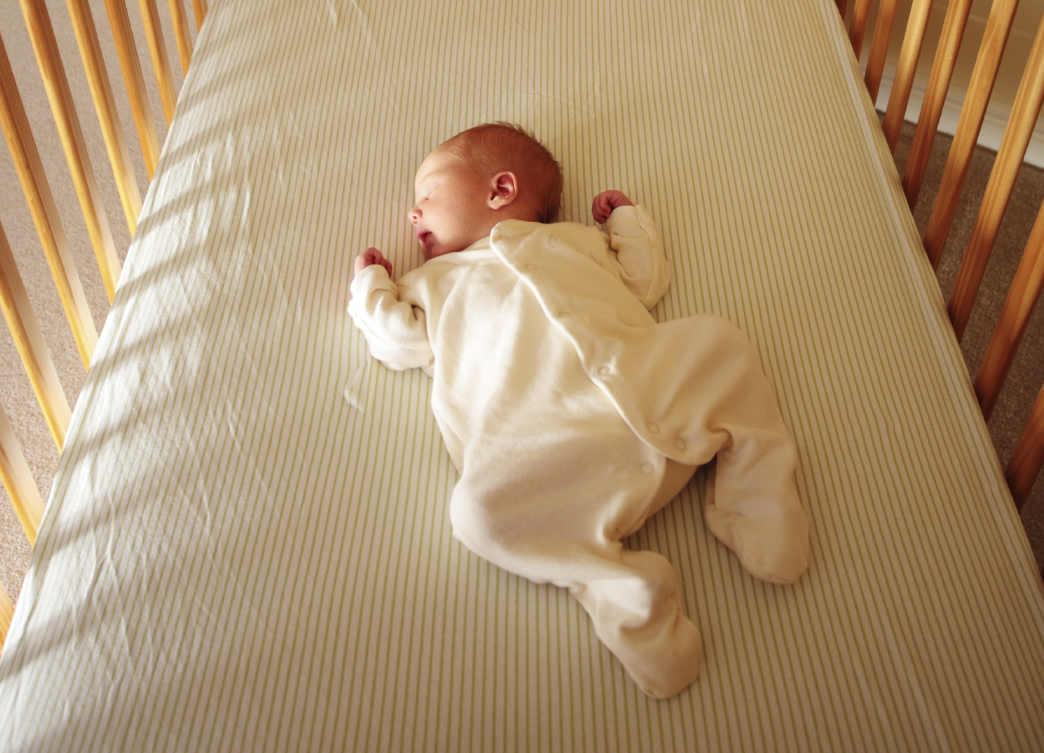
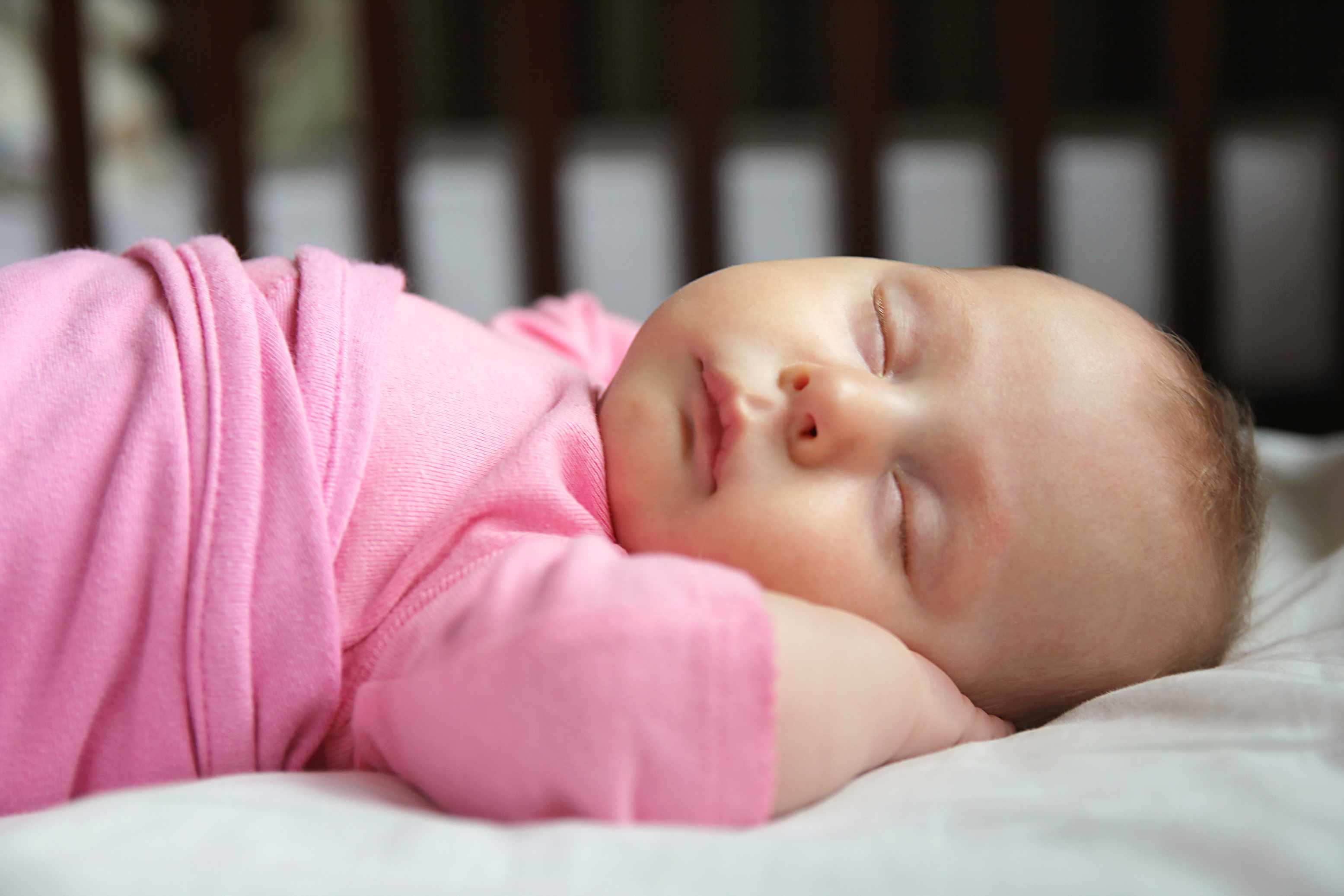


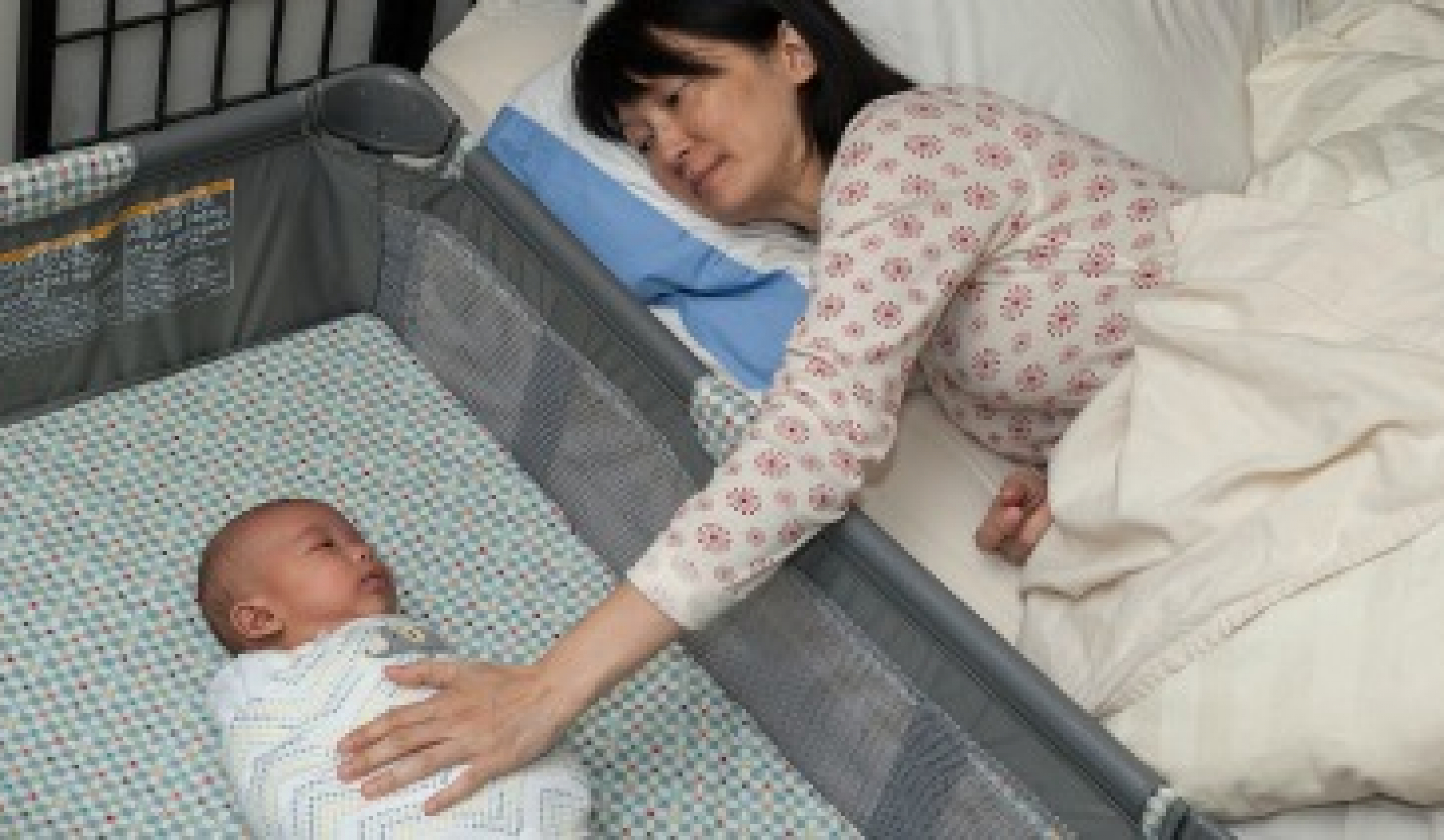



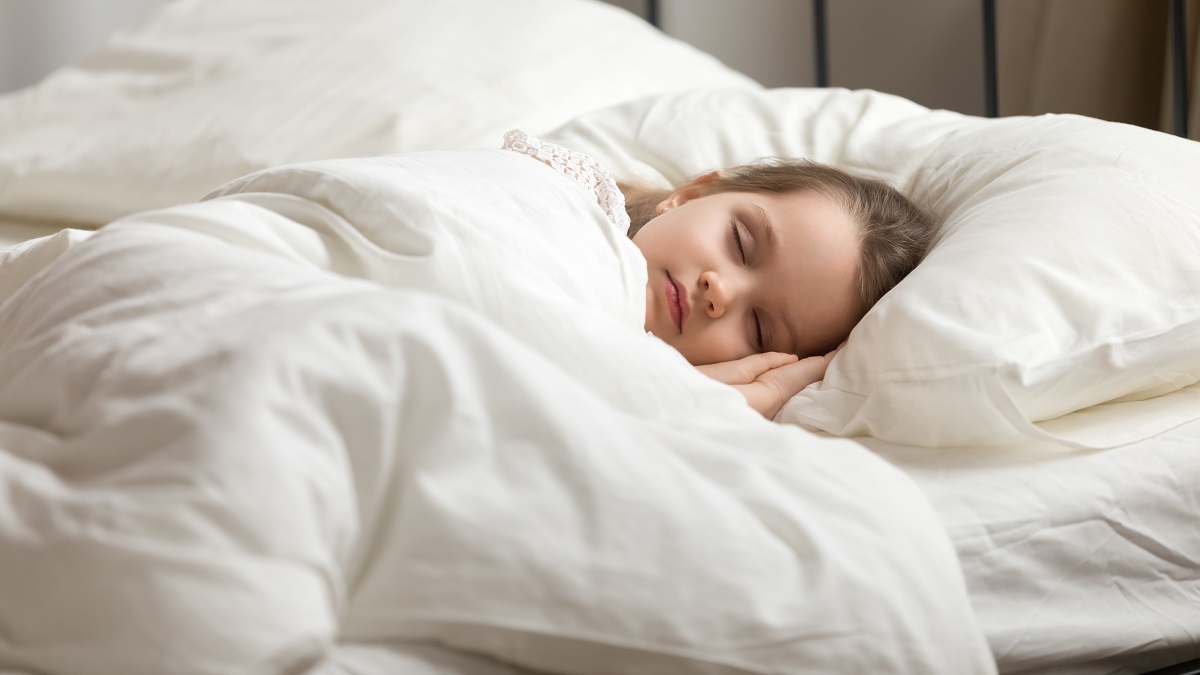


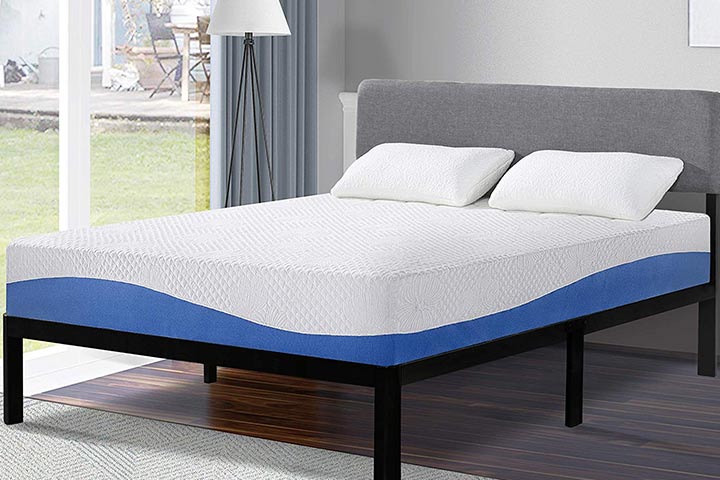

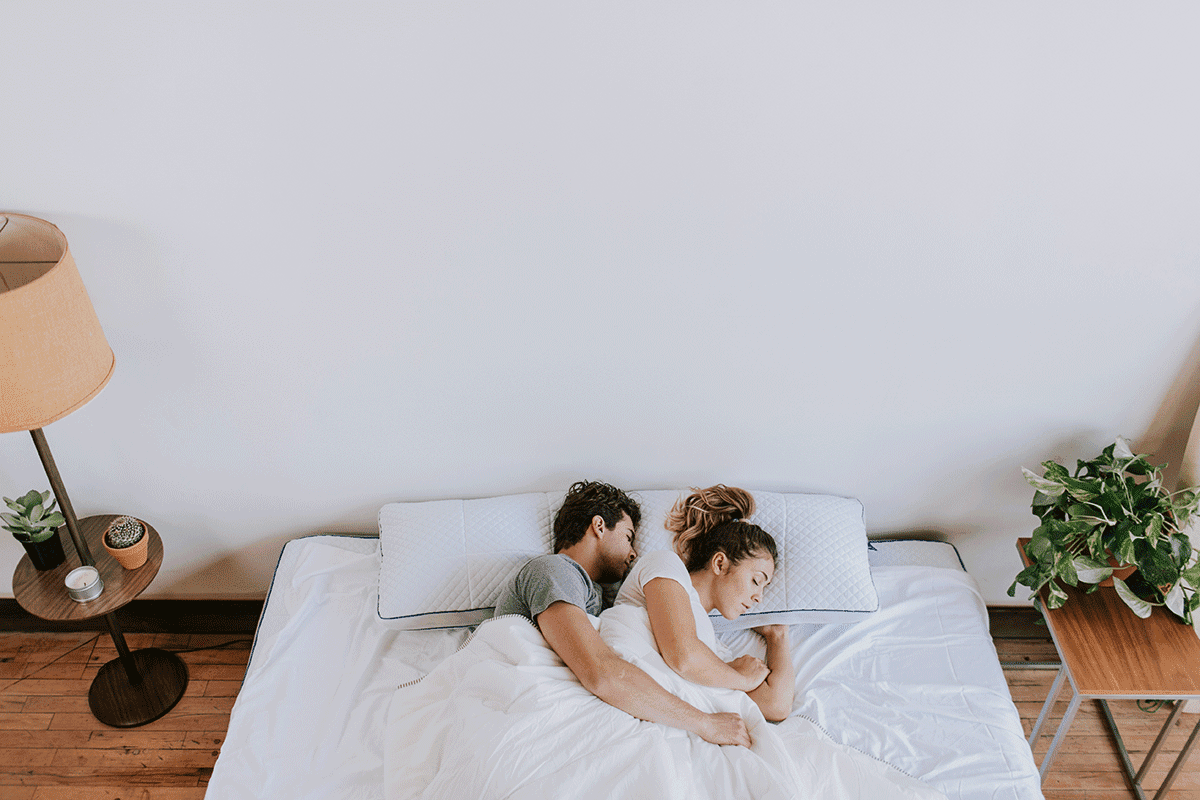


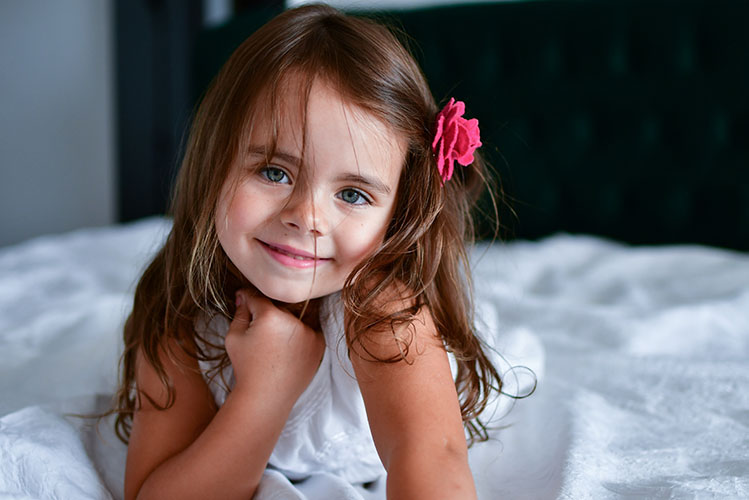
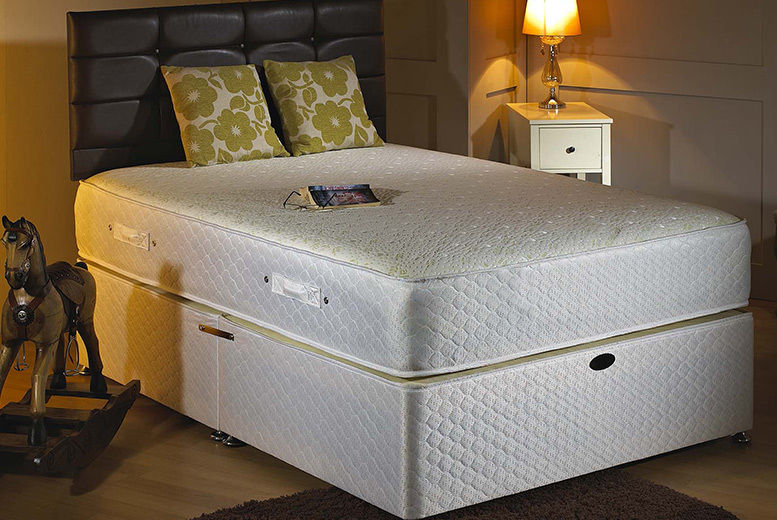




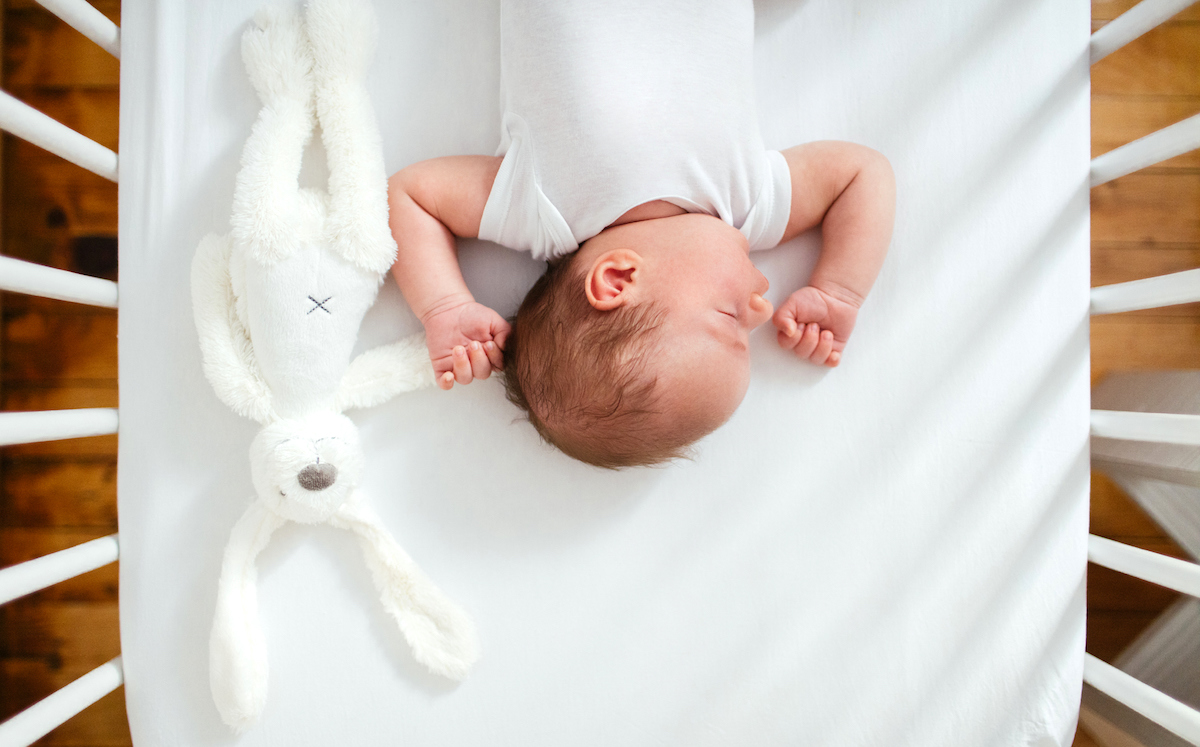





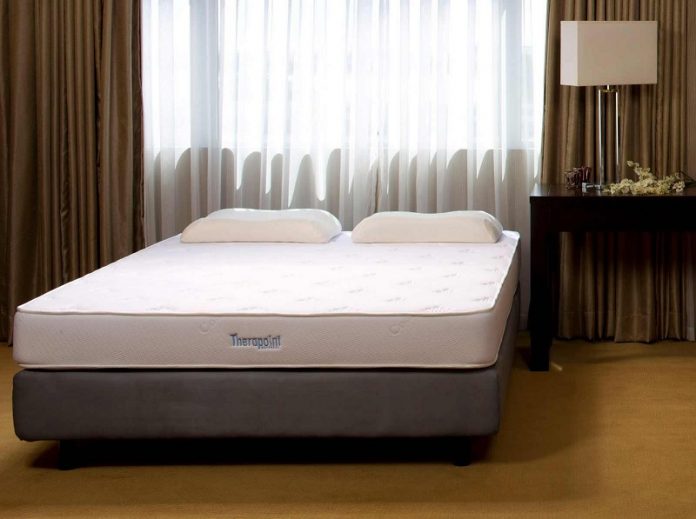





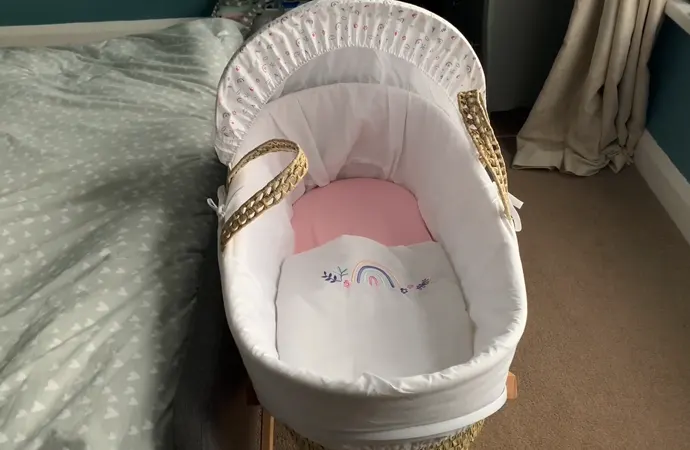
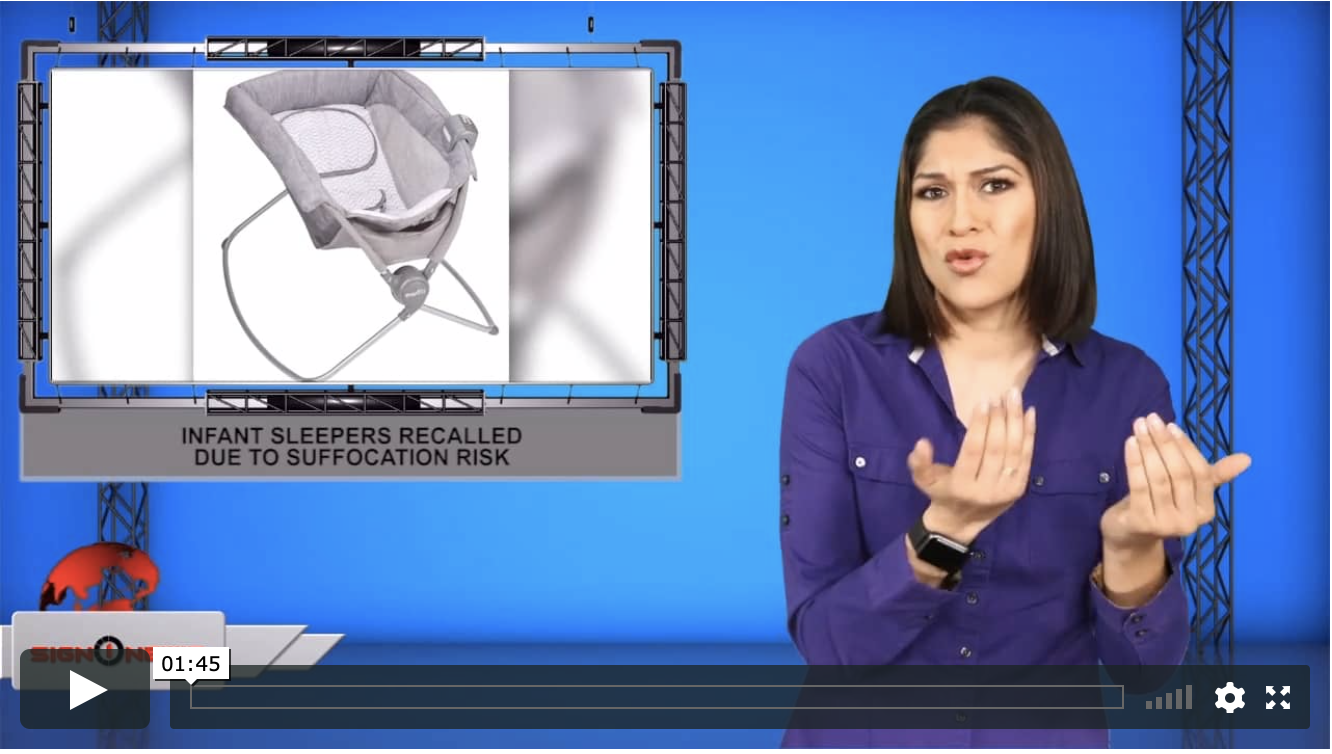

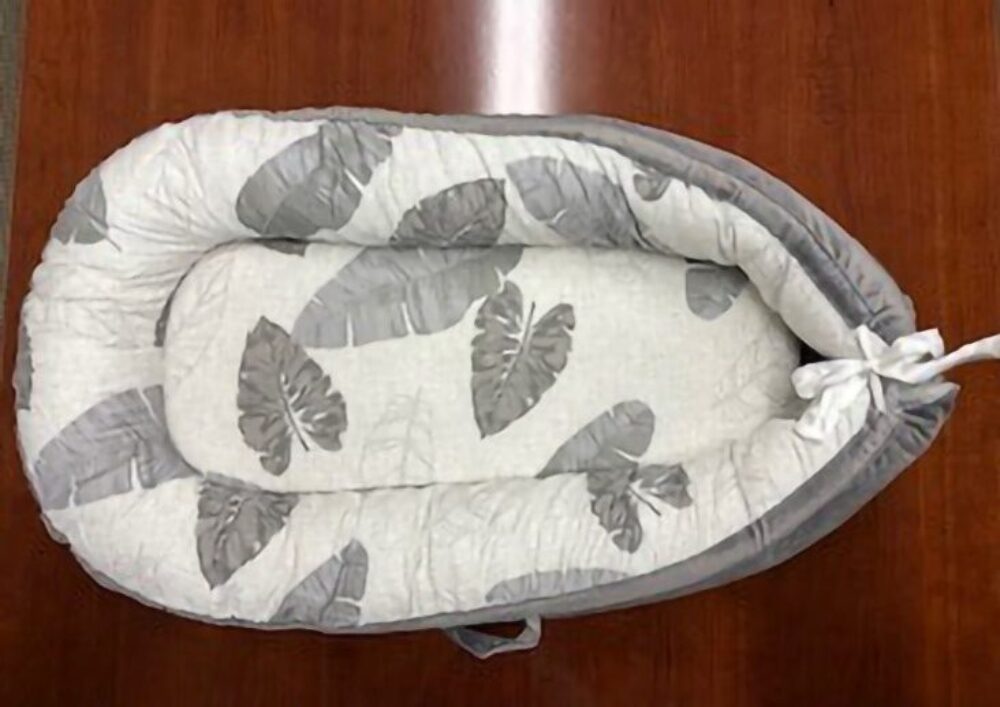





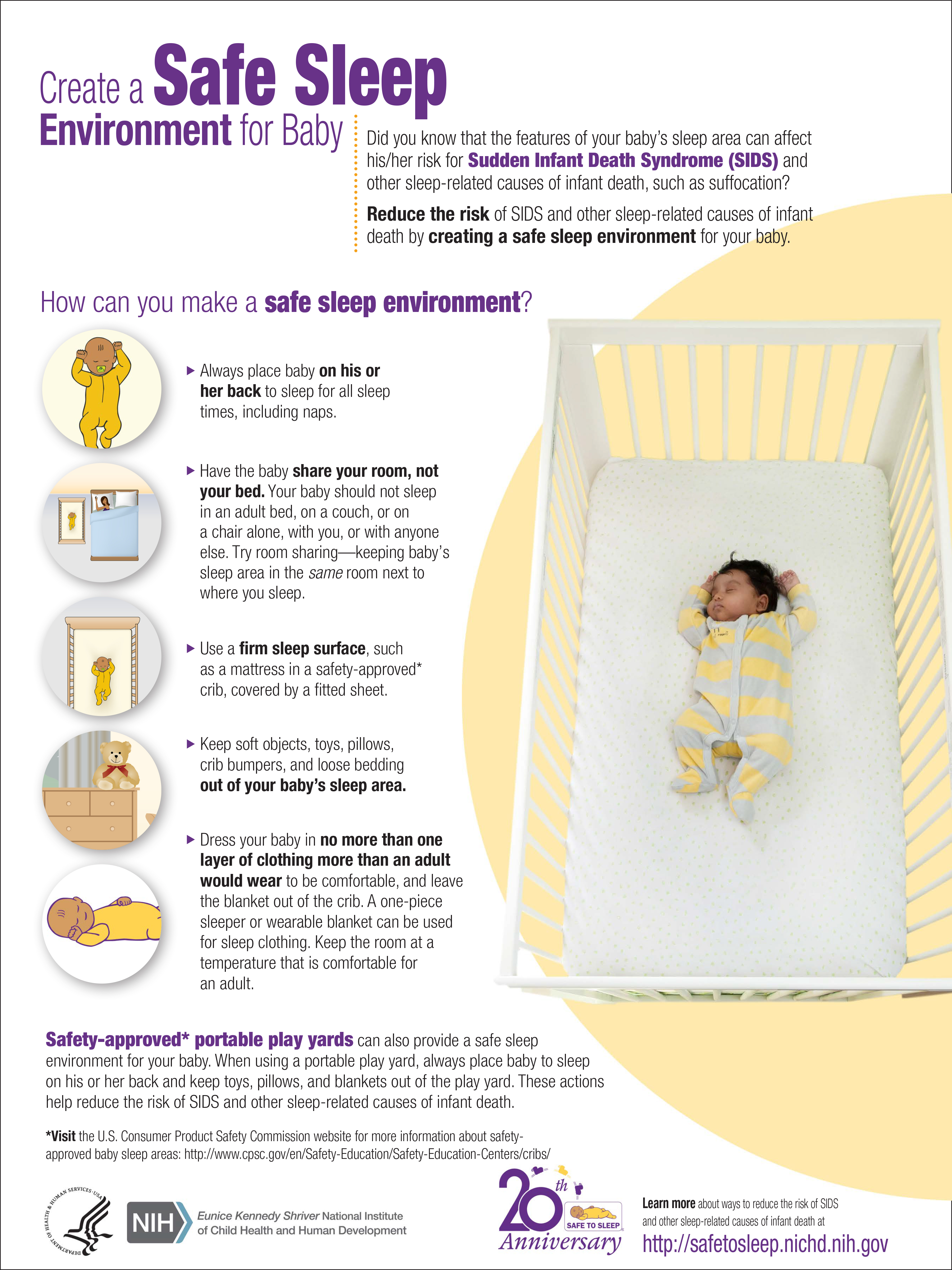


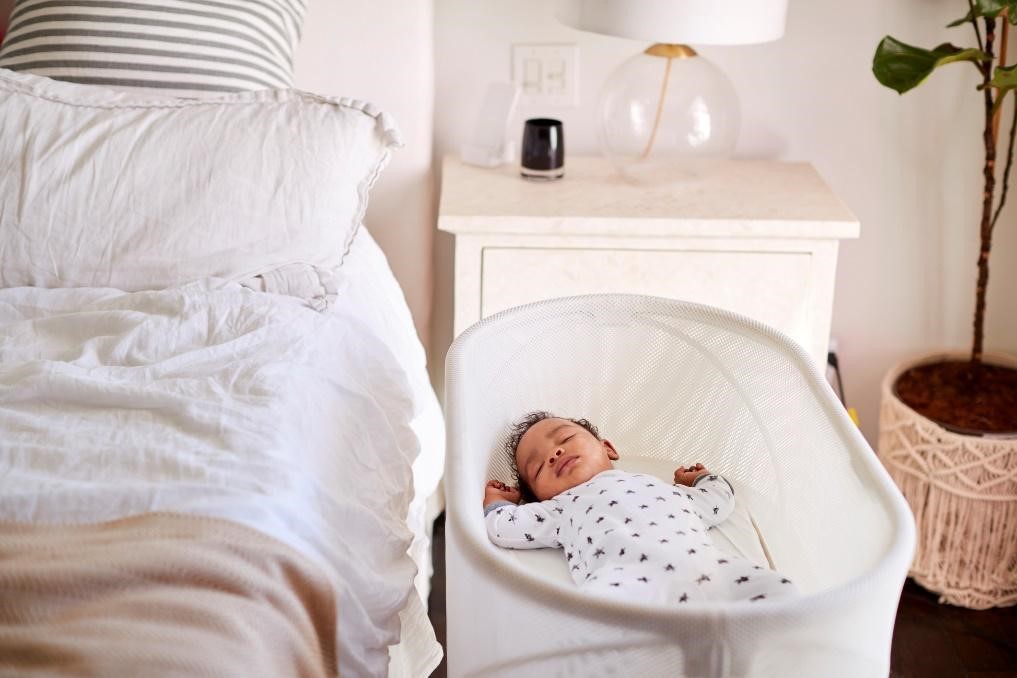


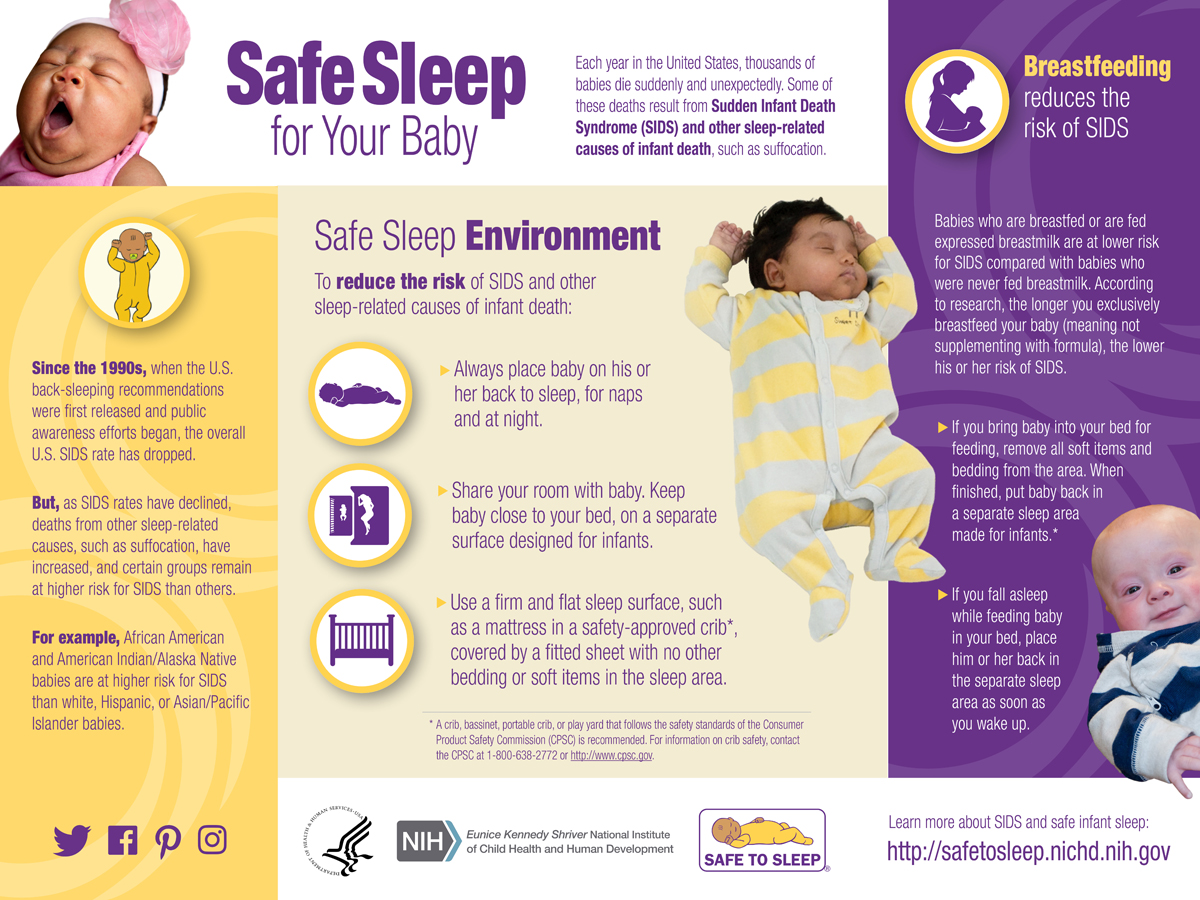

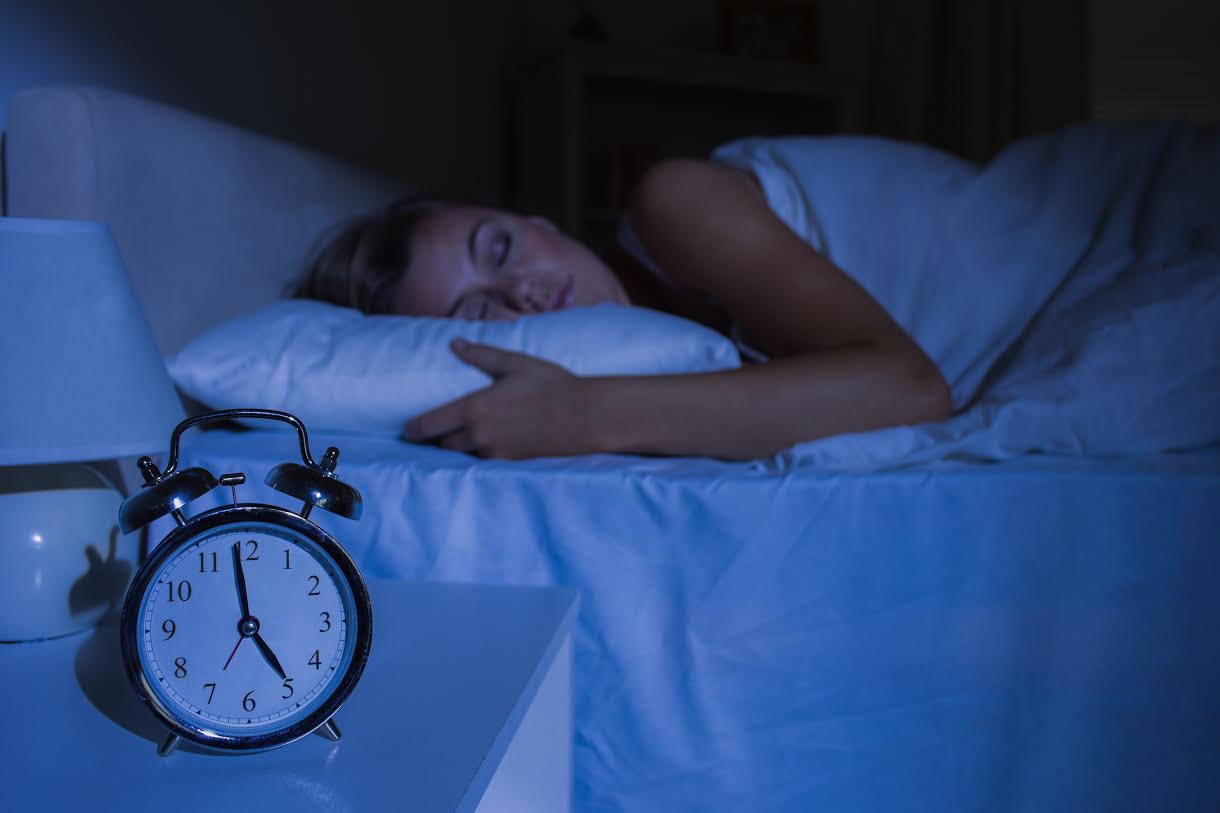



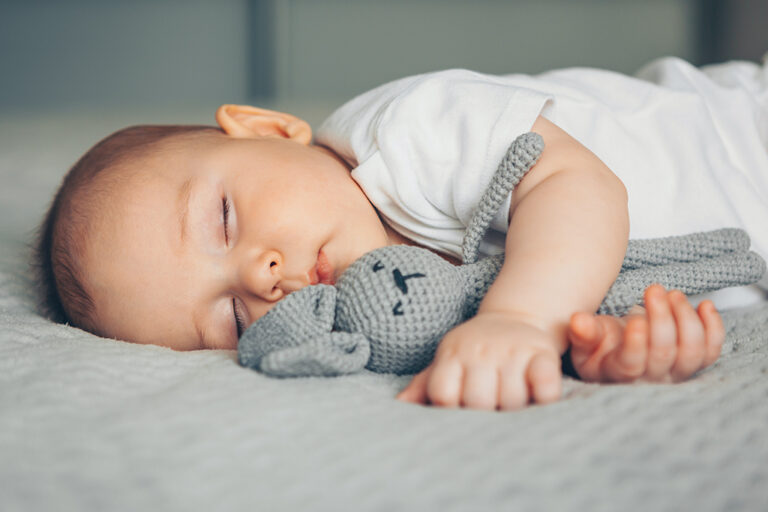


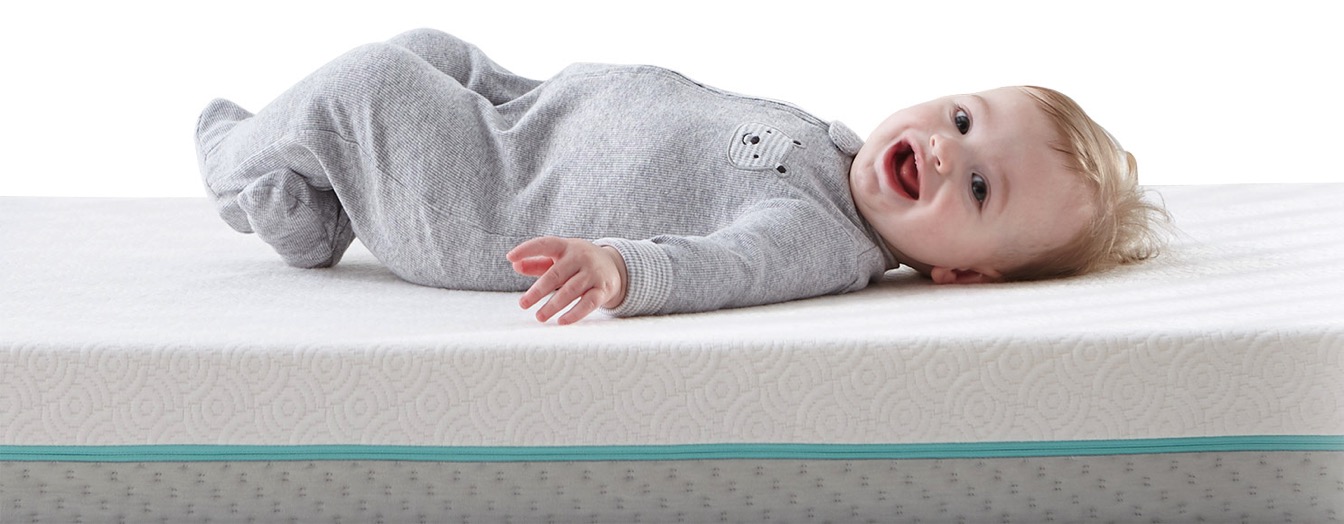
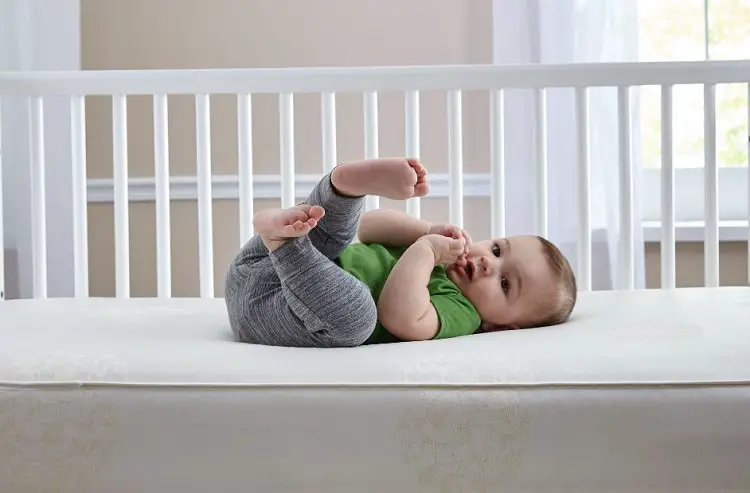


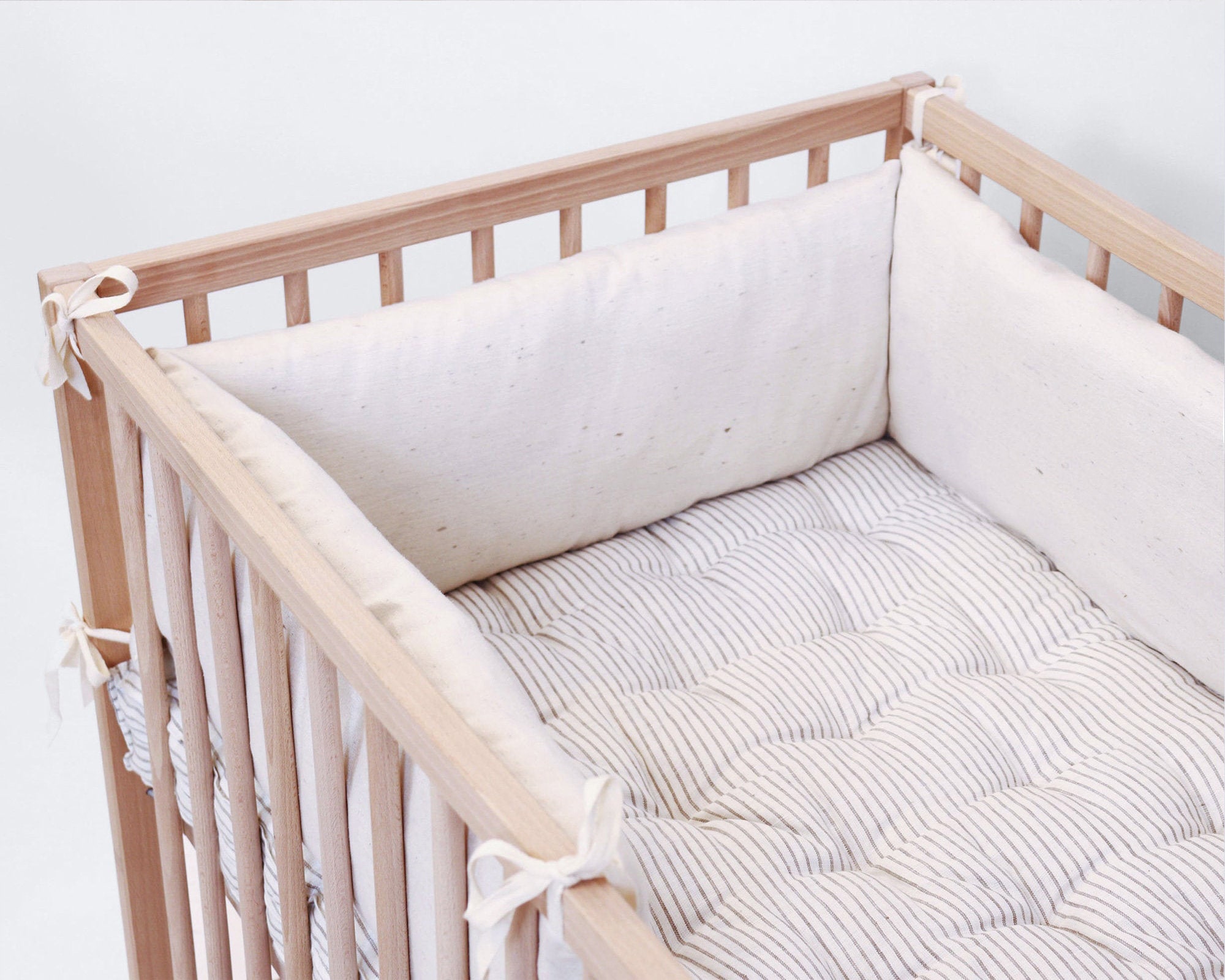



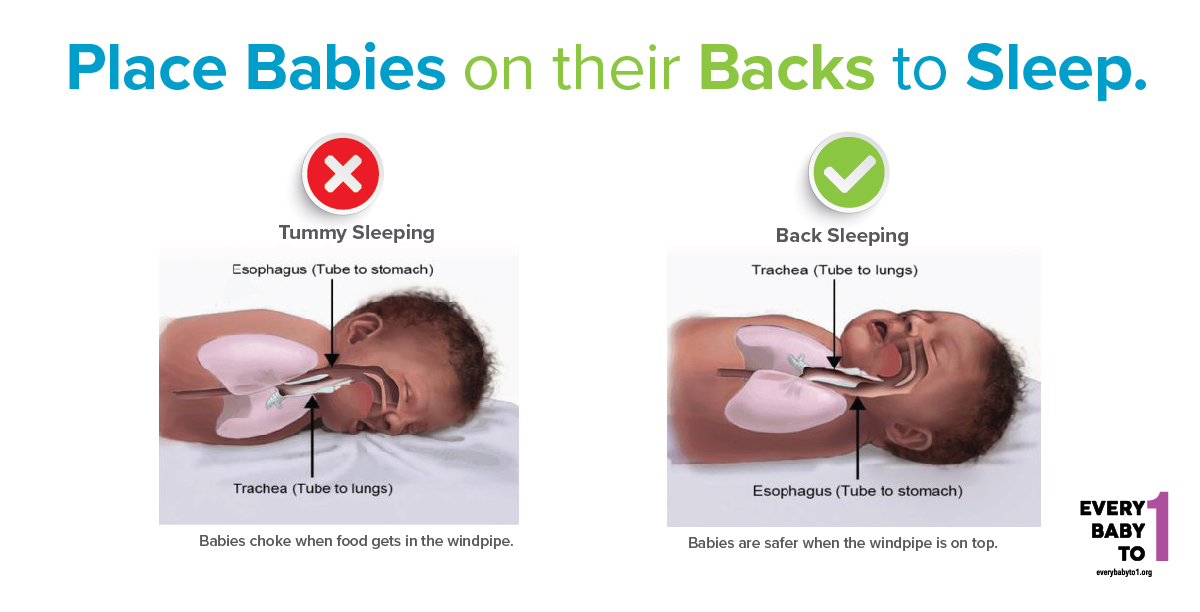
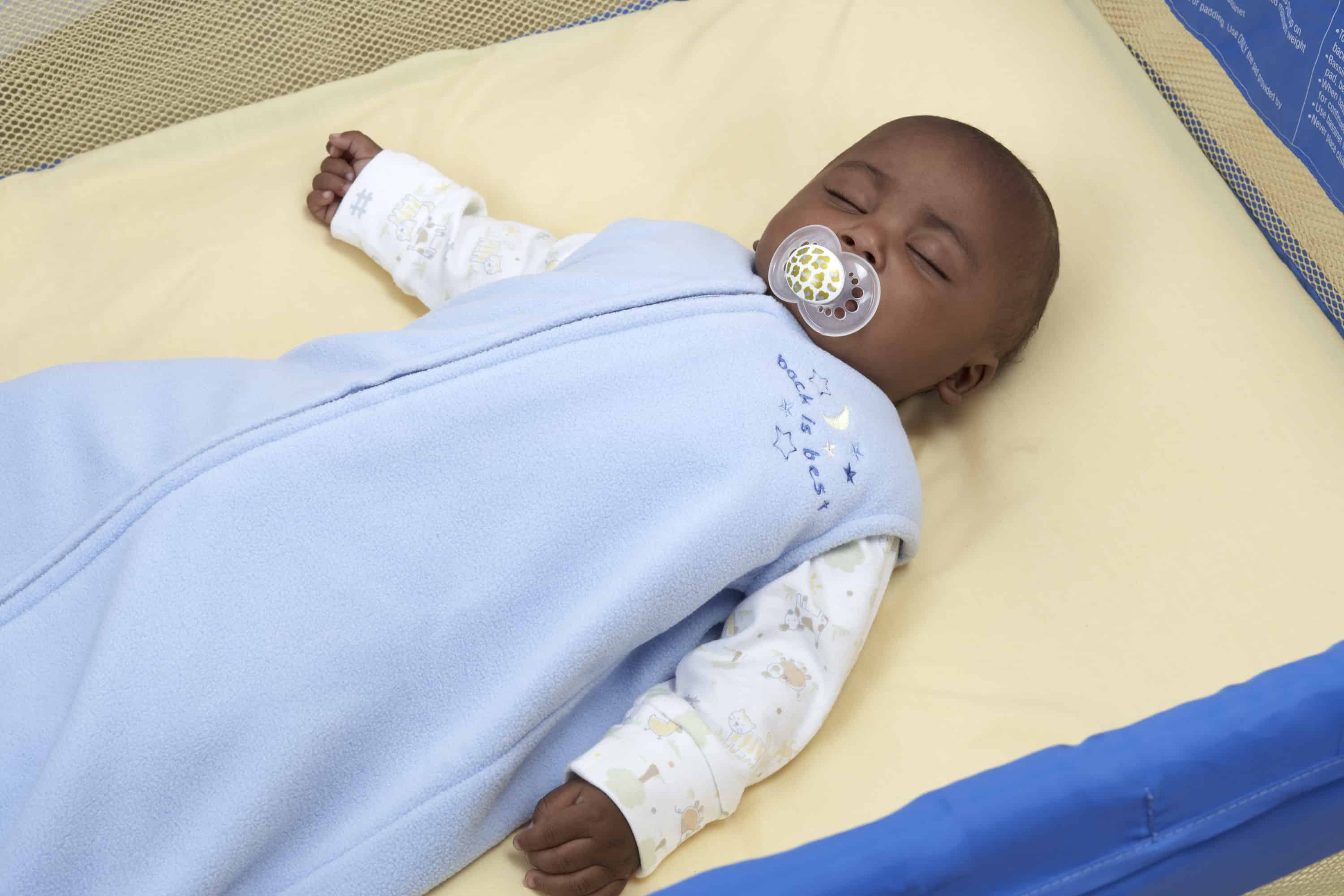


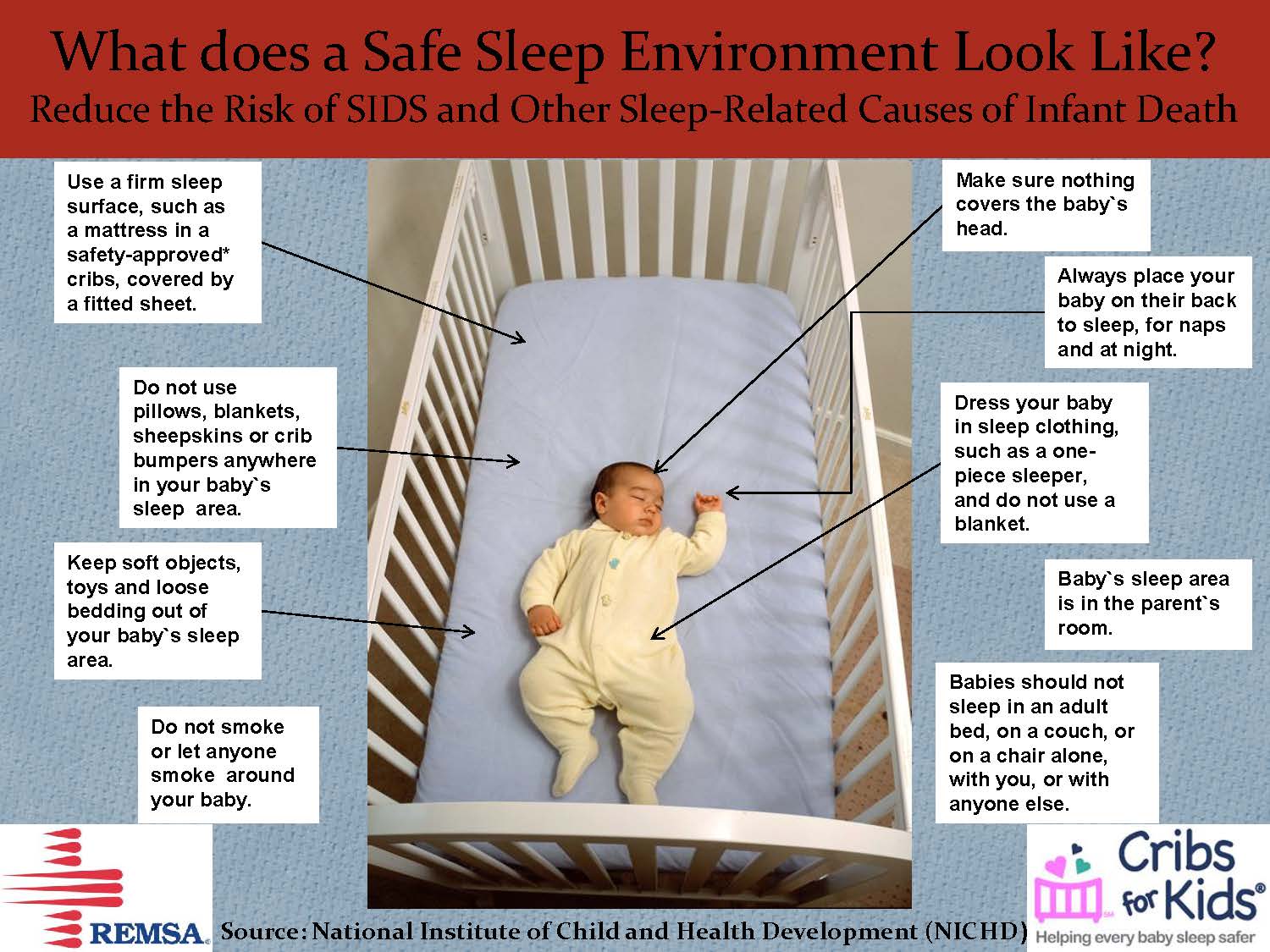
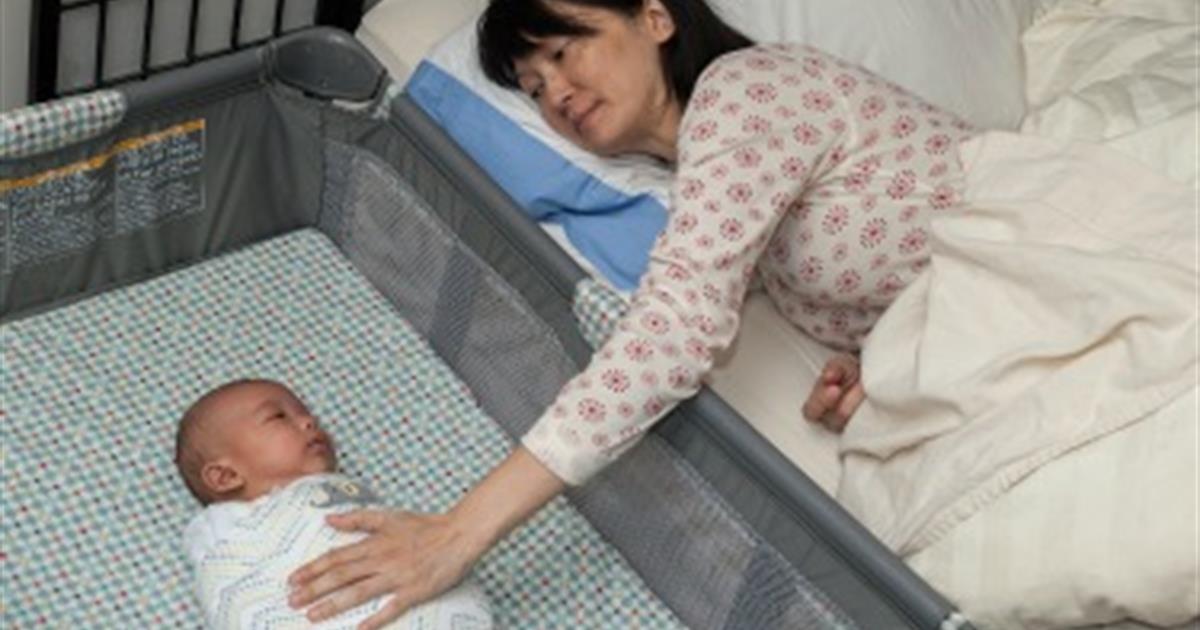


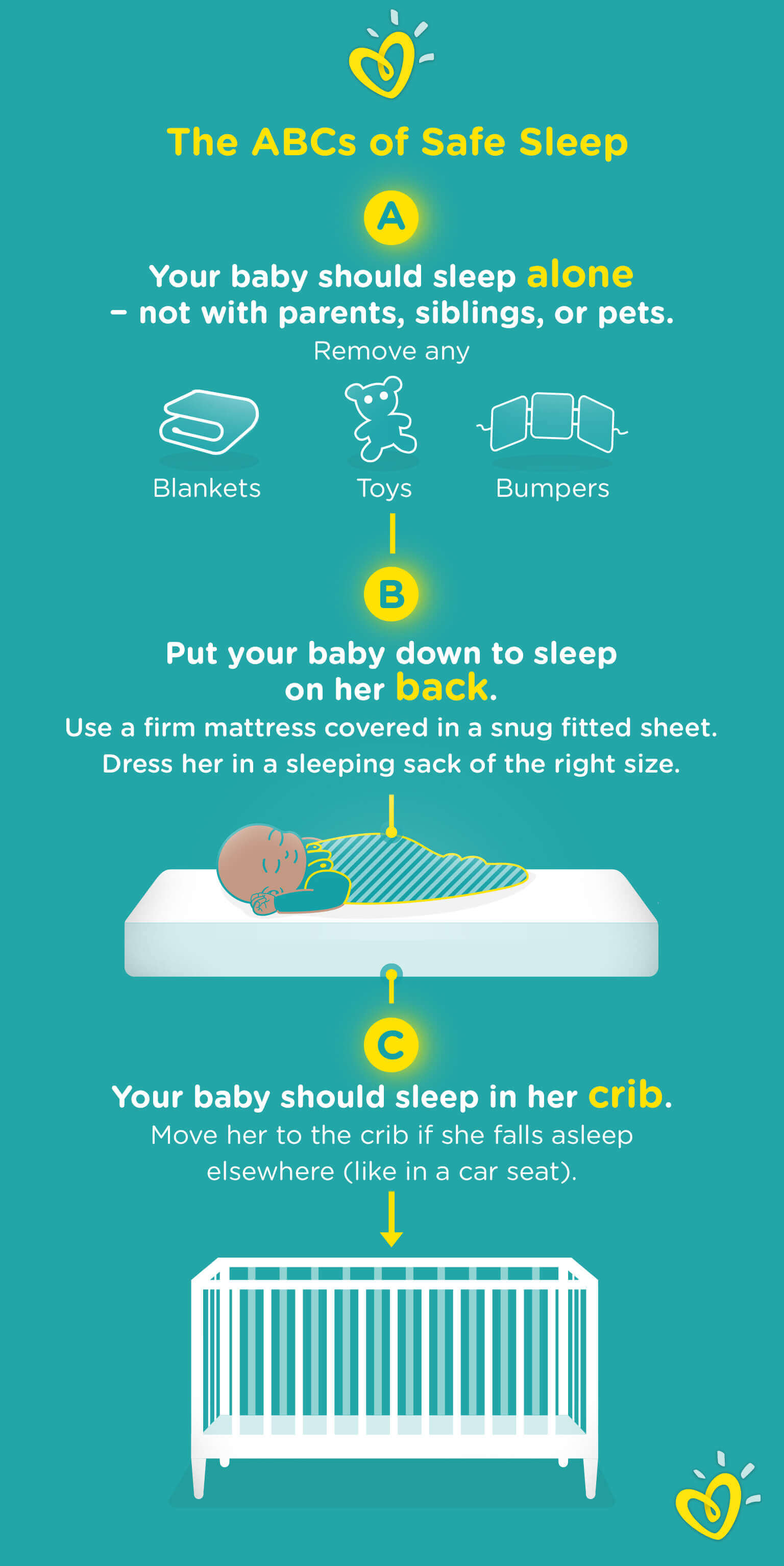
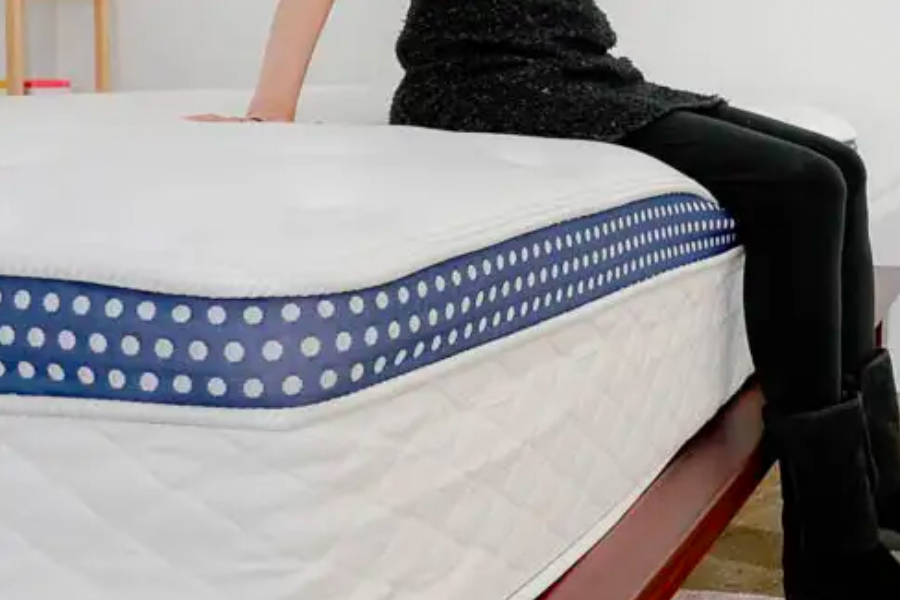

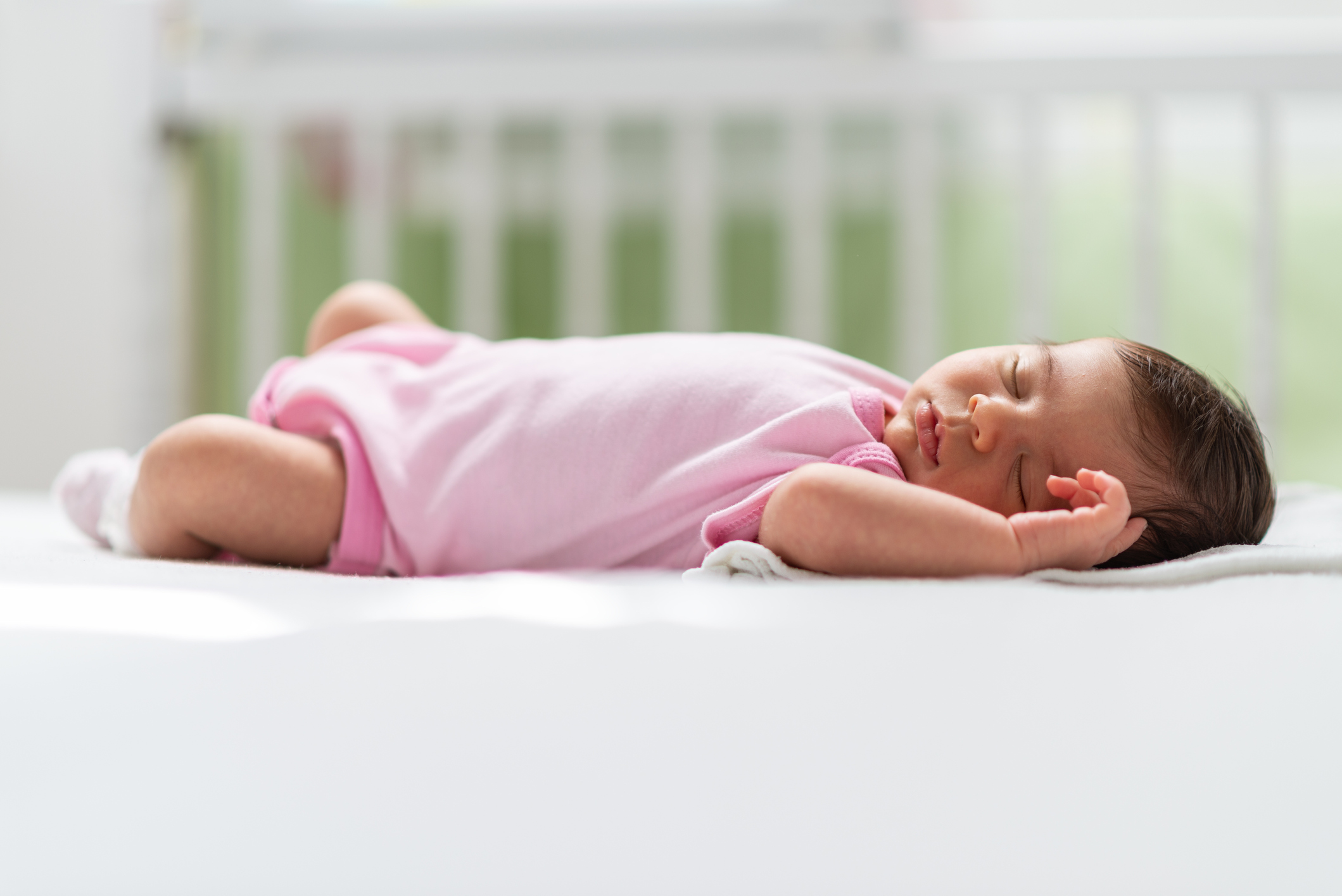
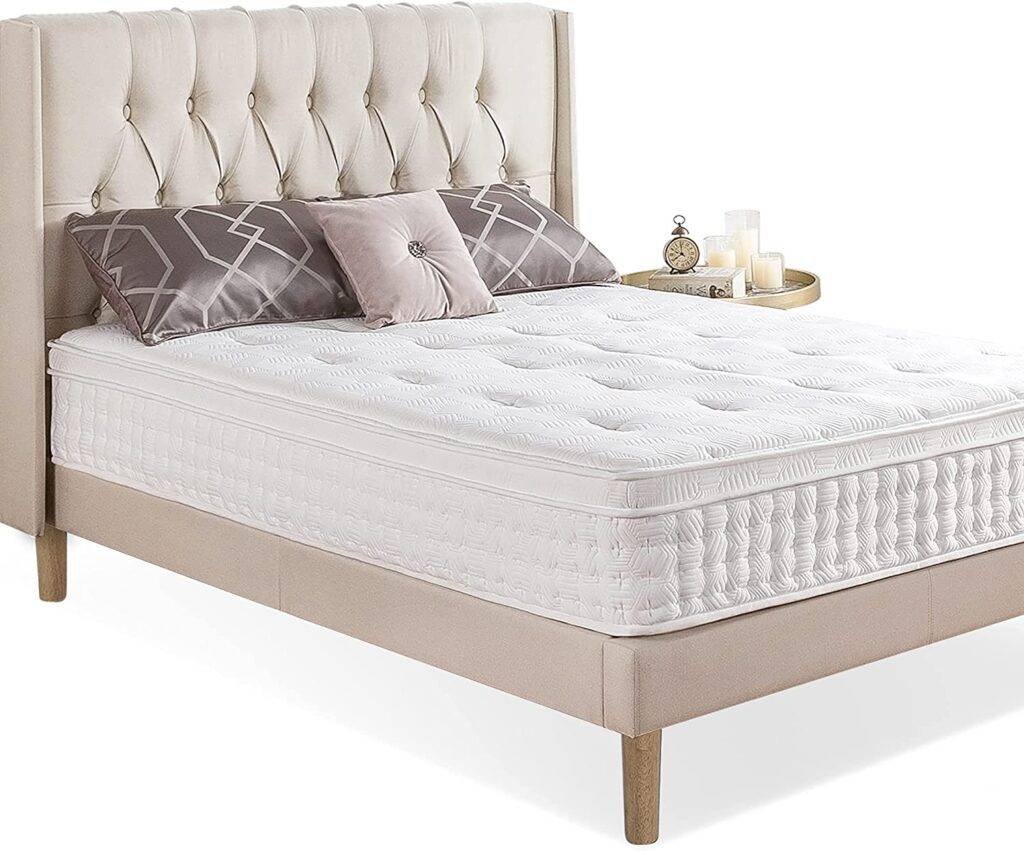
/GettyImages-475191191-5a20728eb39d0300392bd684.jpg)


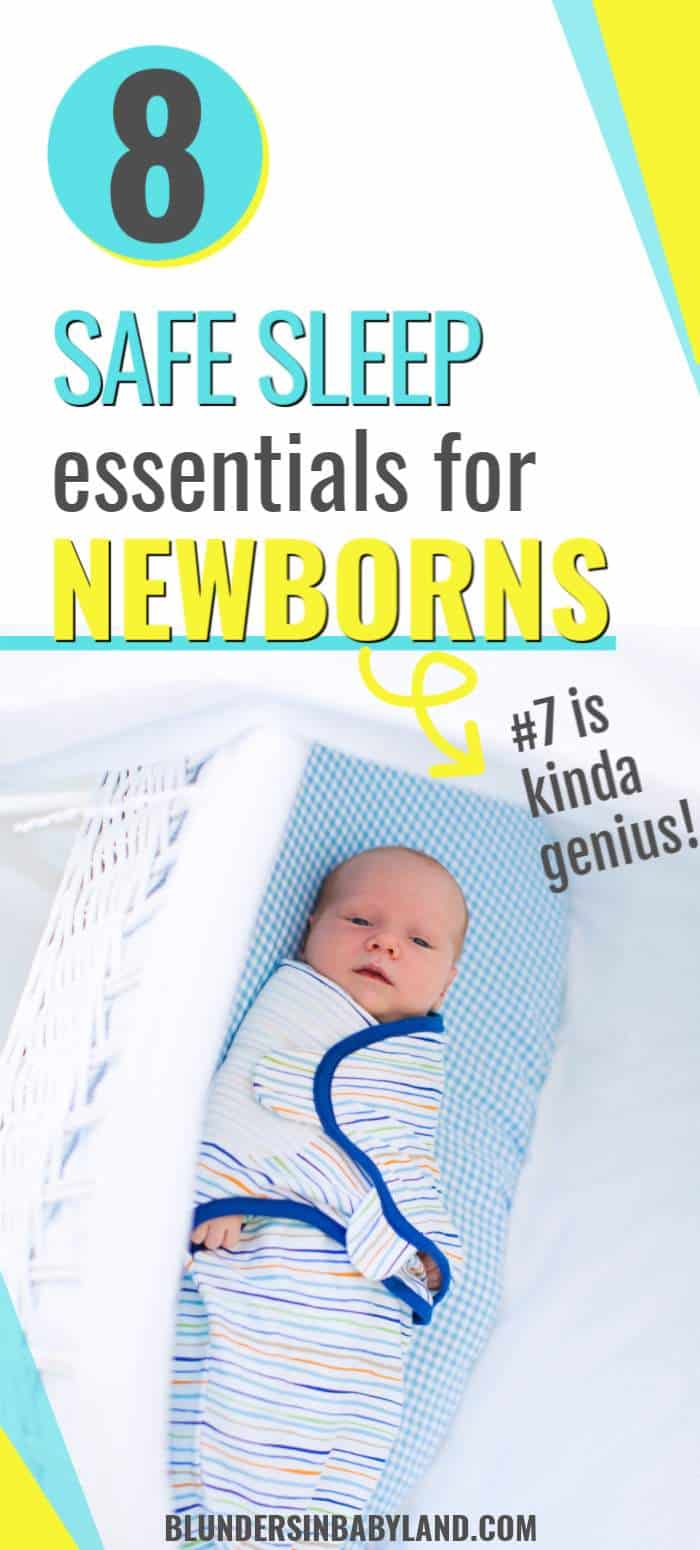
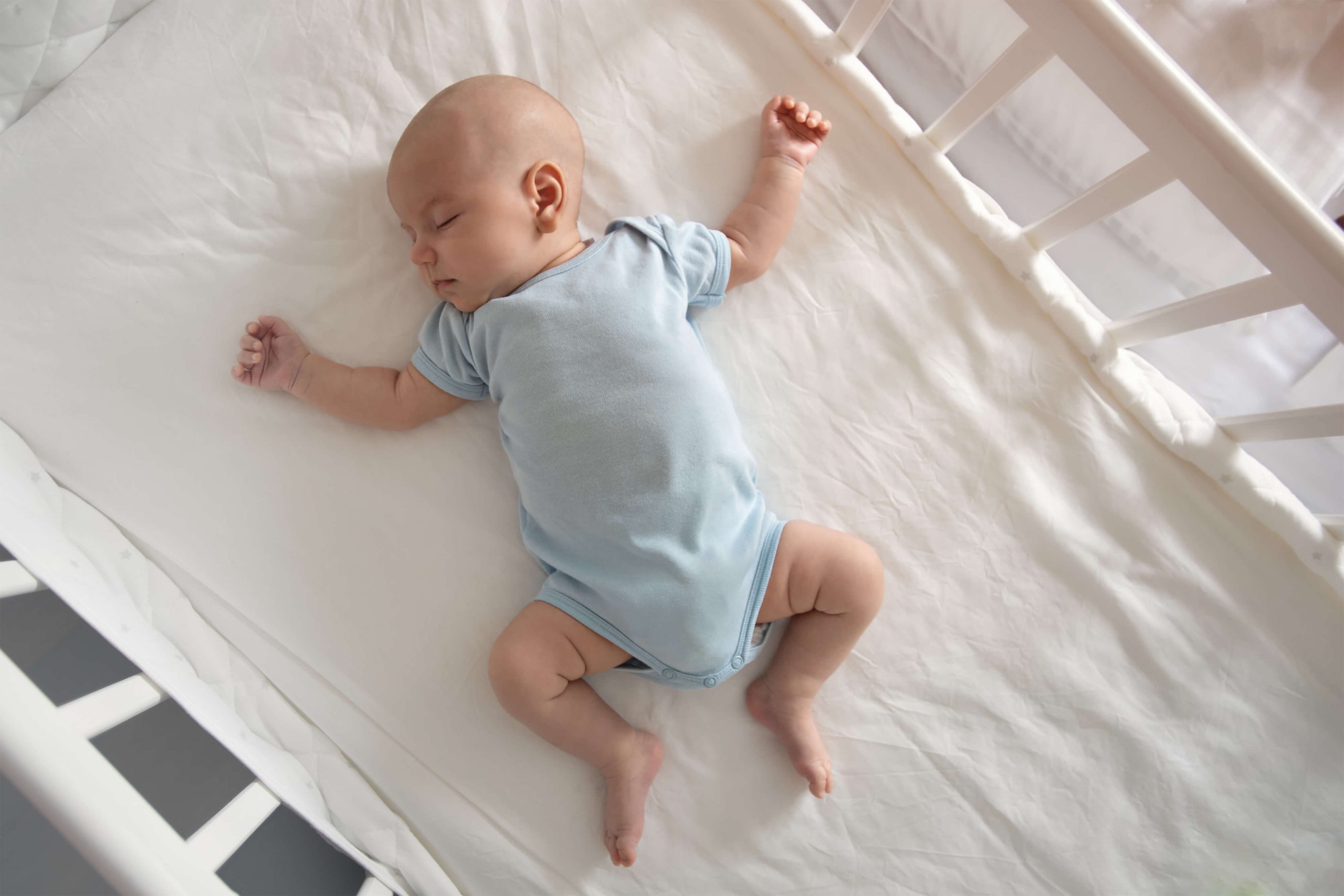
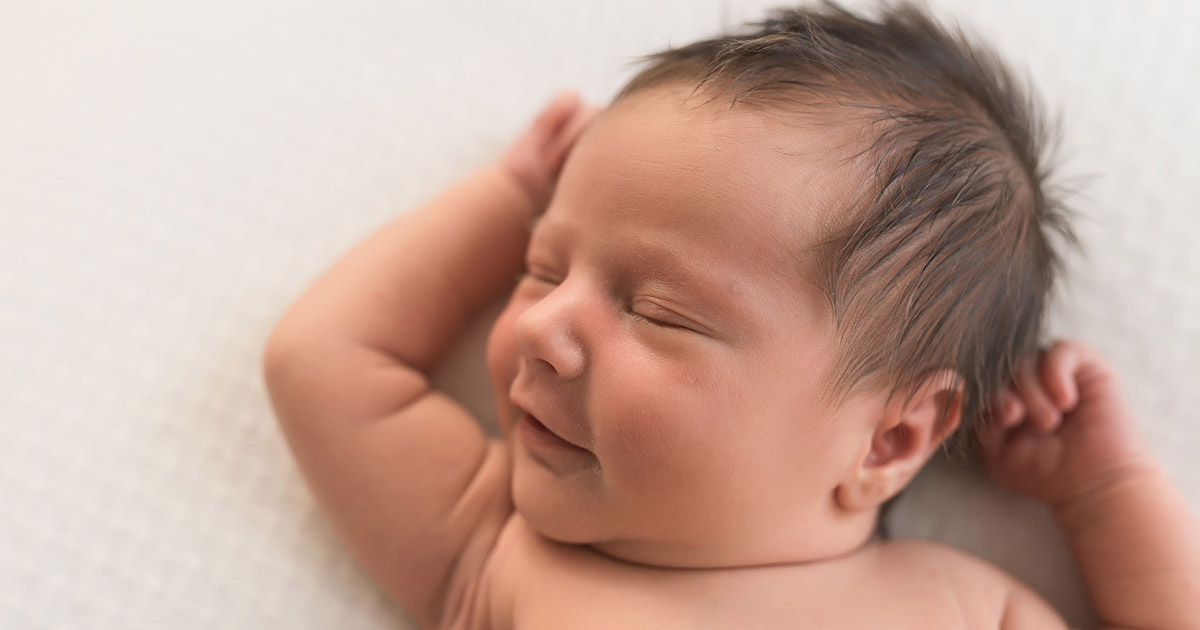






/cdn.vox-cdn.com/uploads/chorus_image/image/60785837/casper_stores_1.0.jpg)

